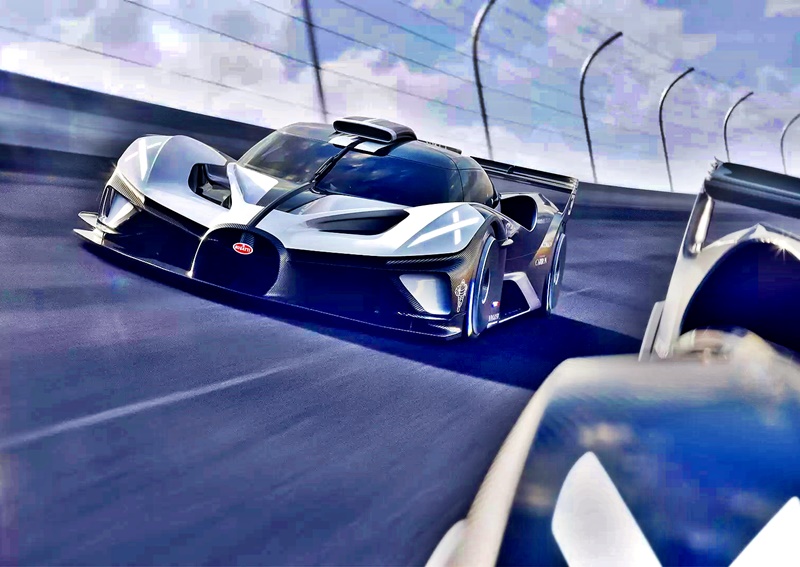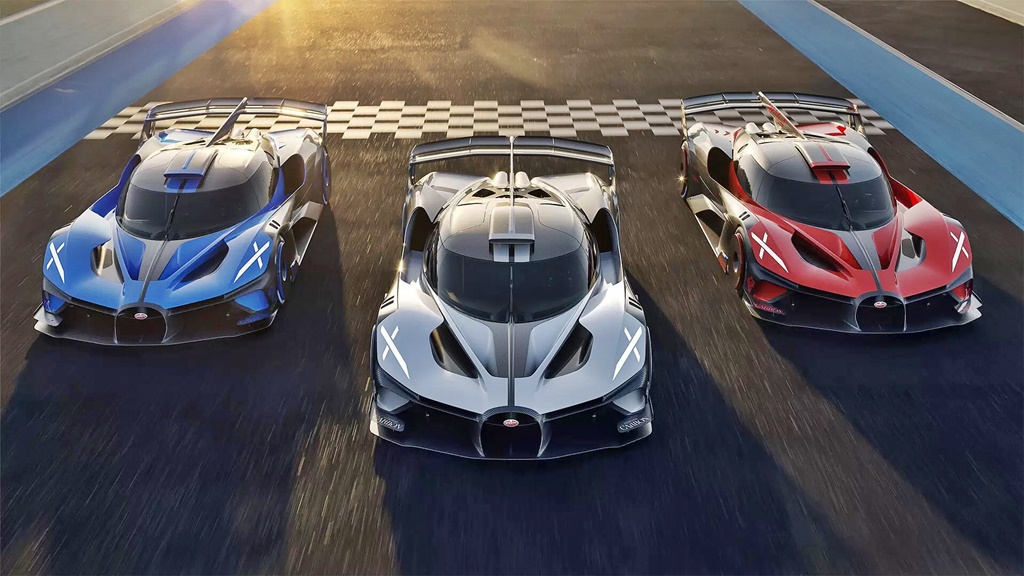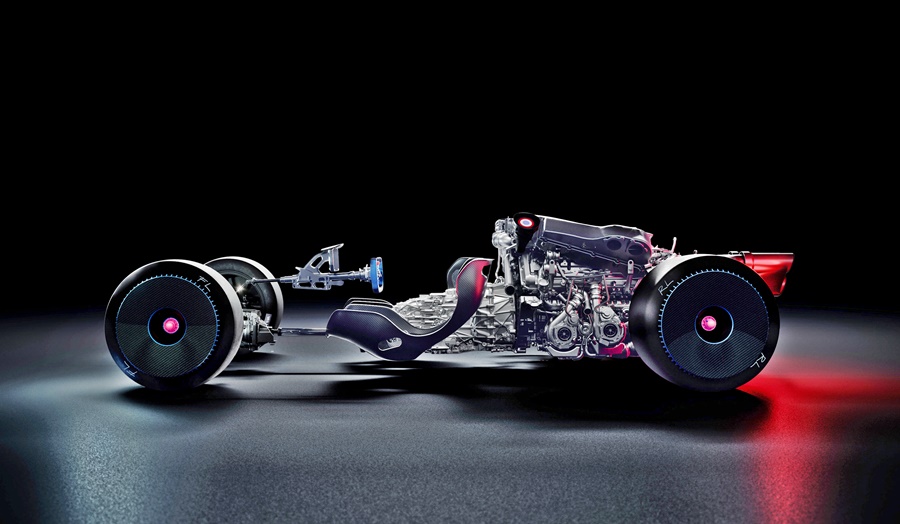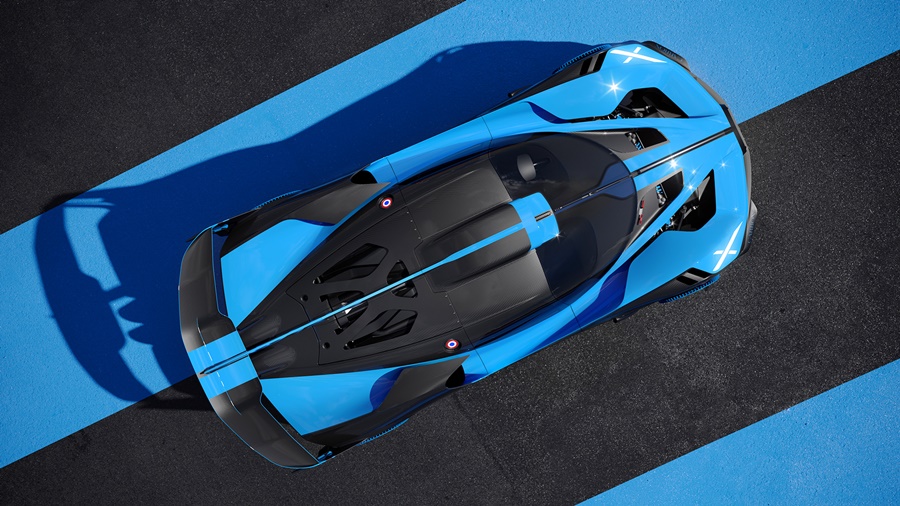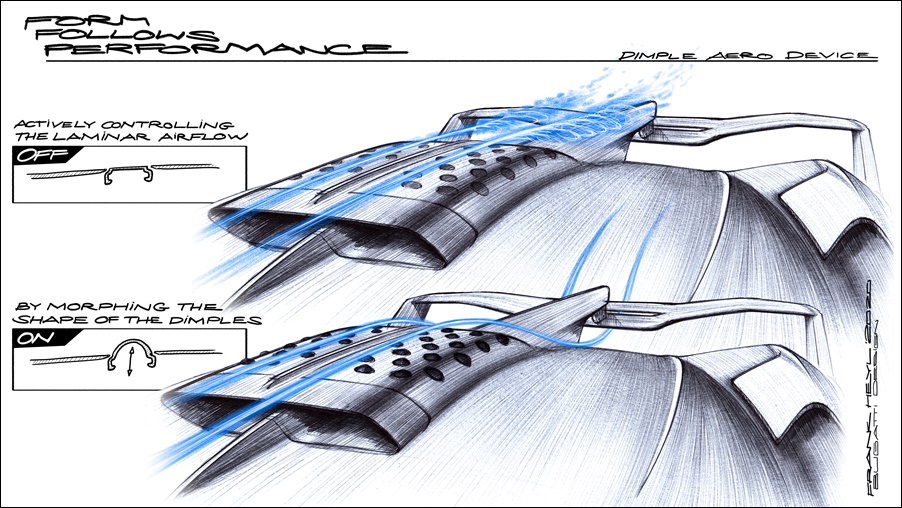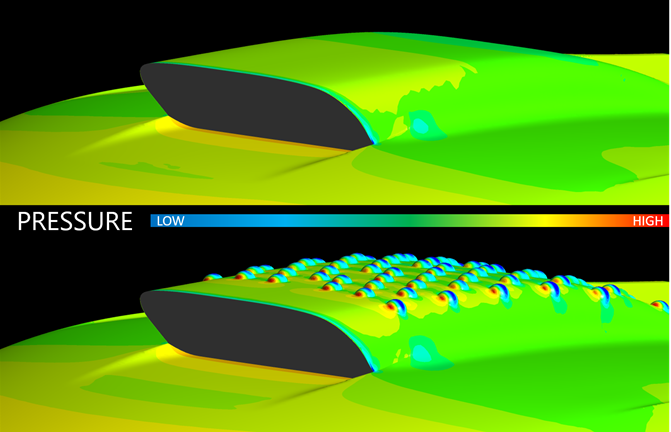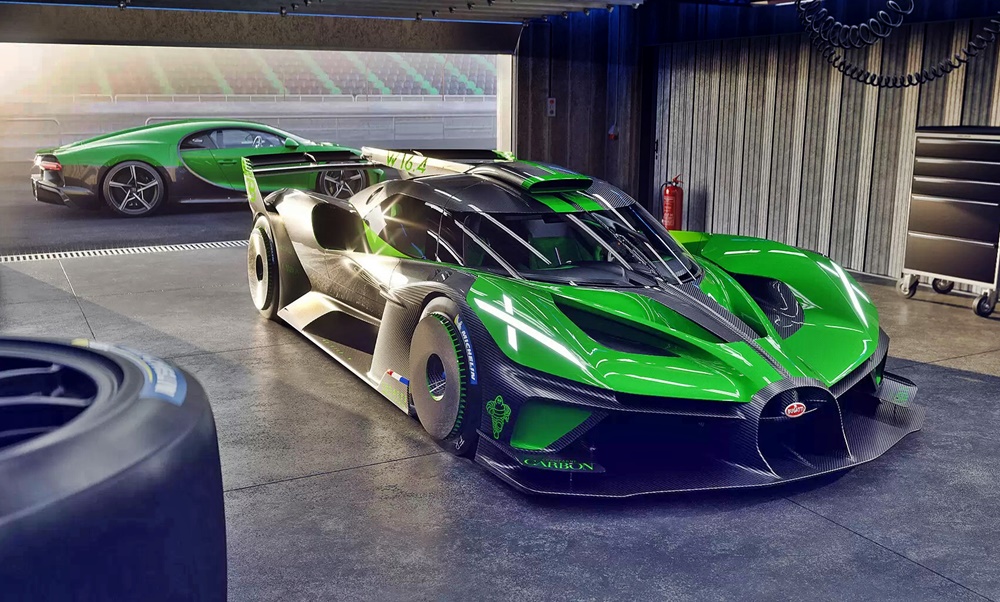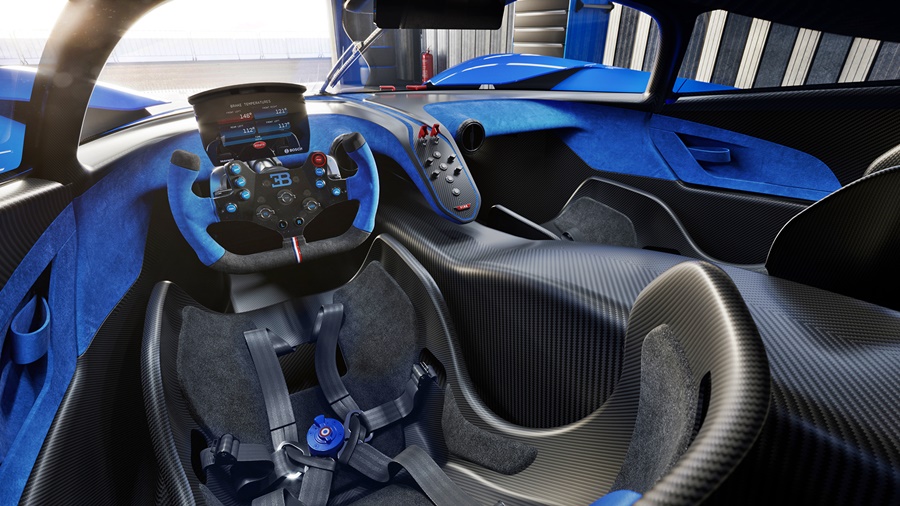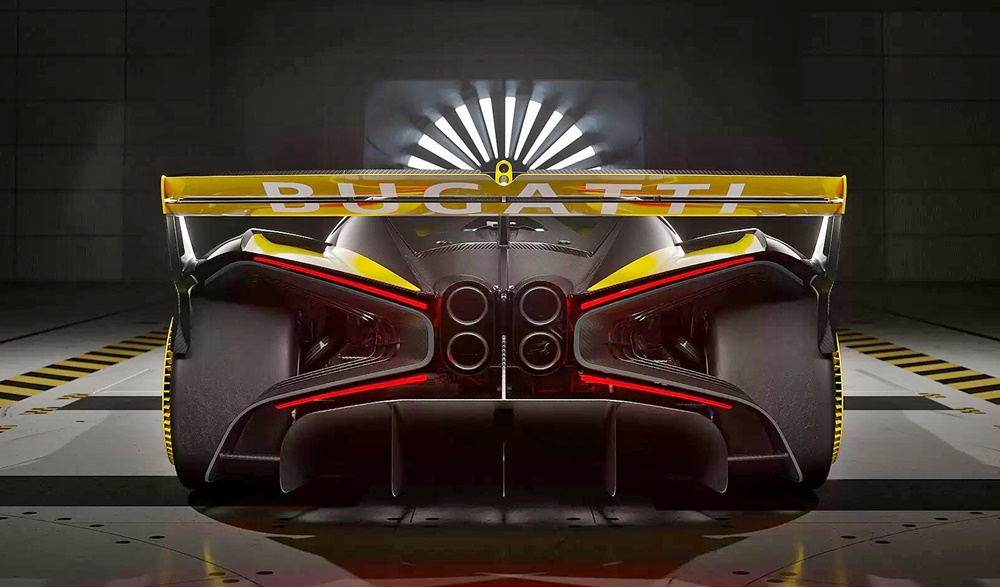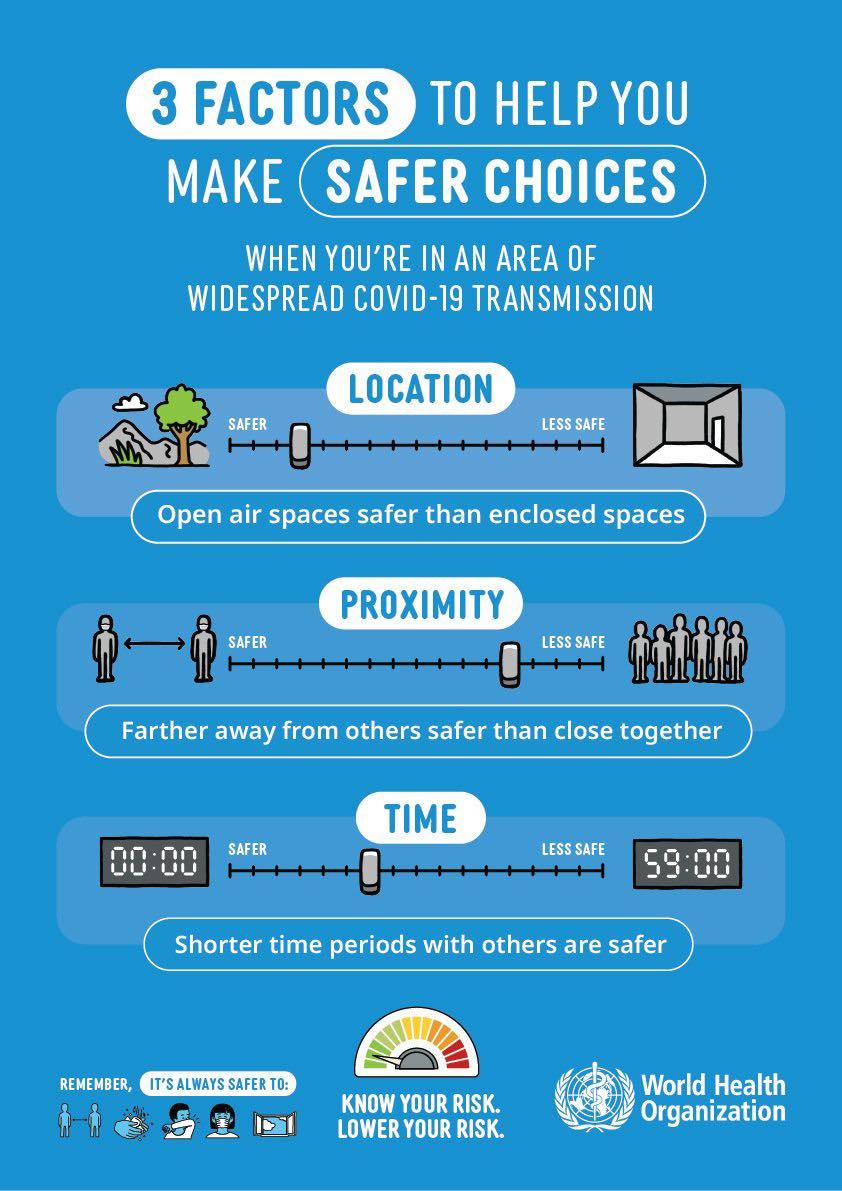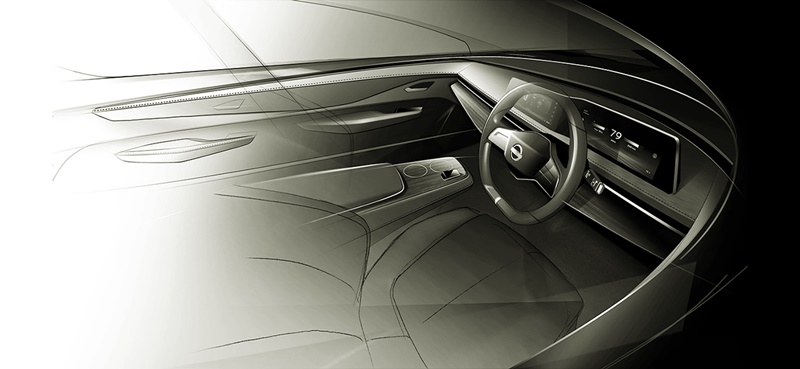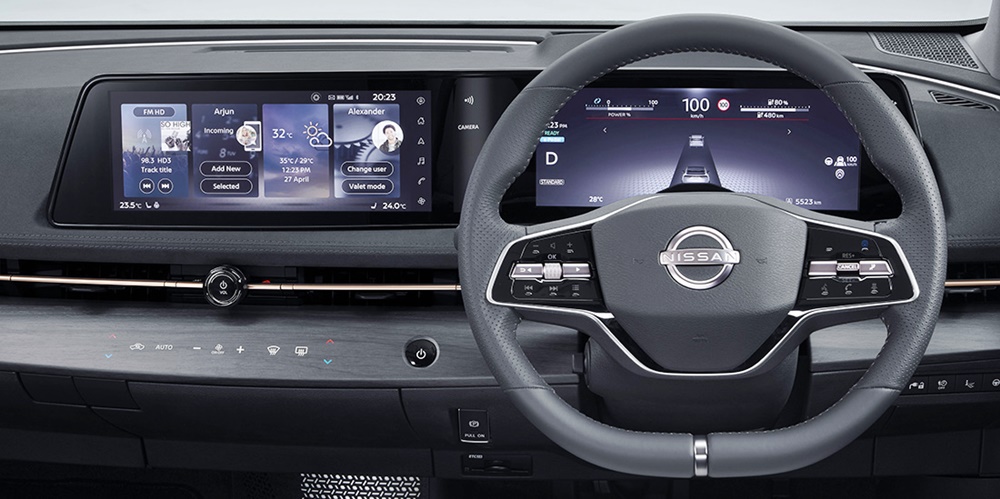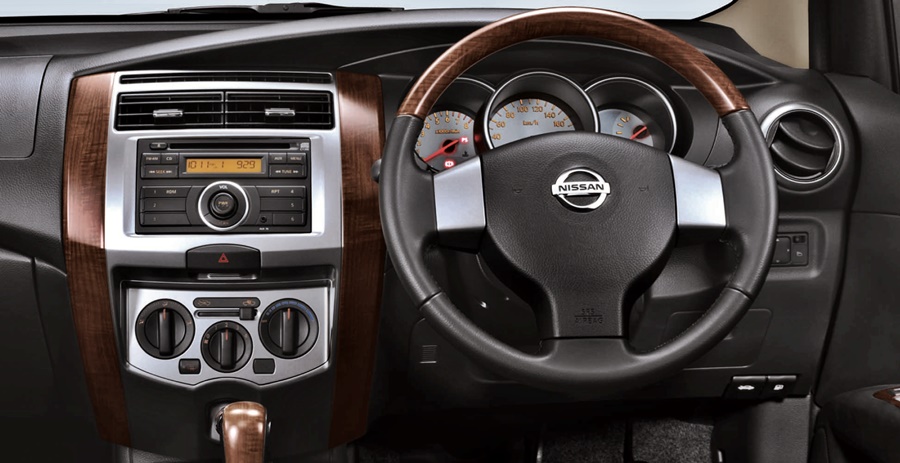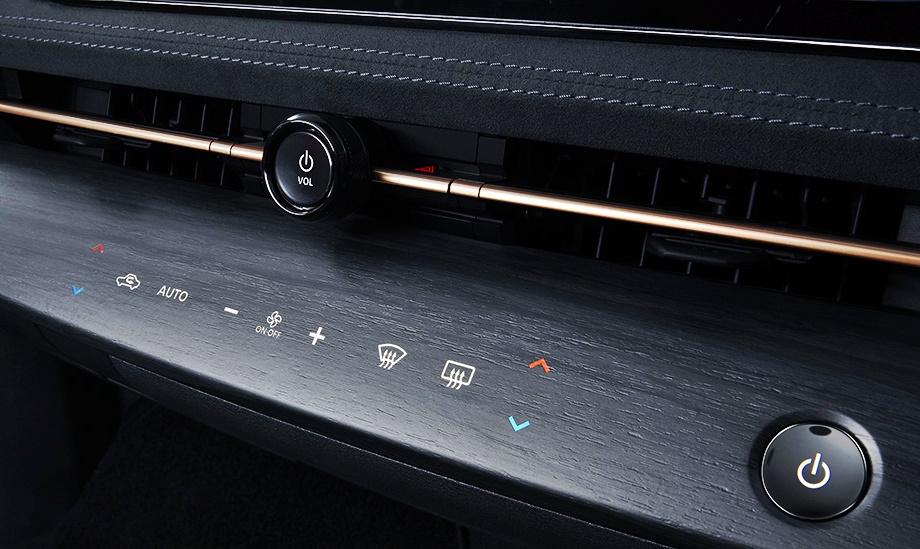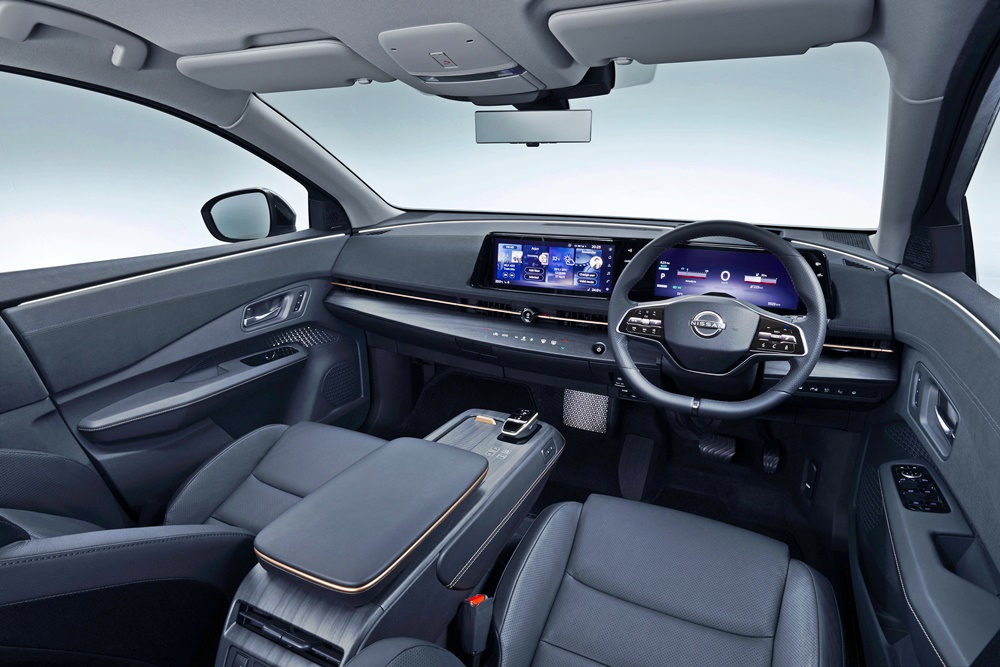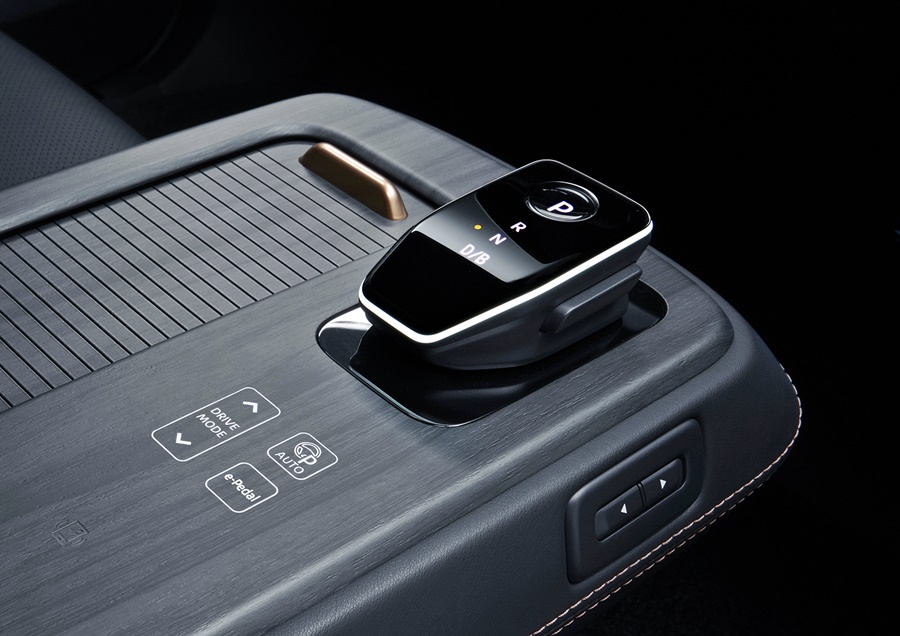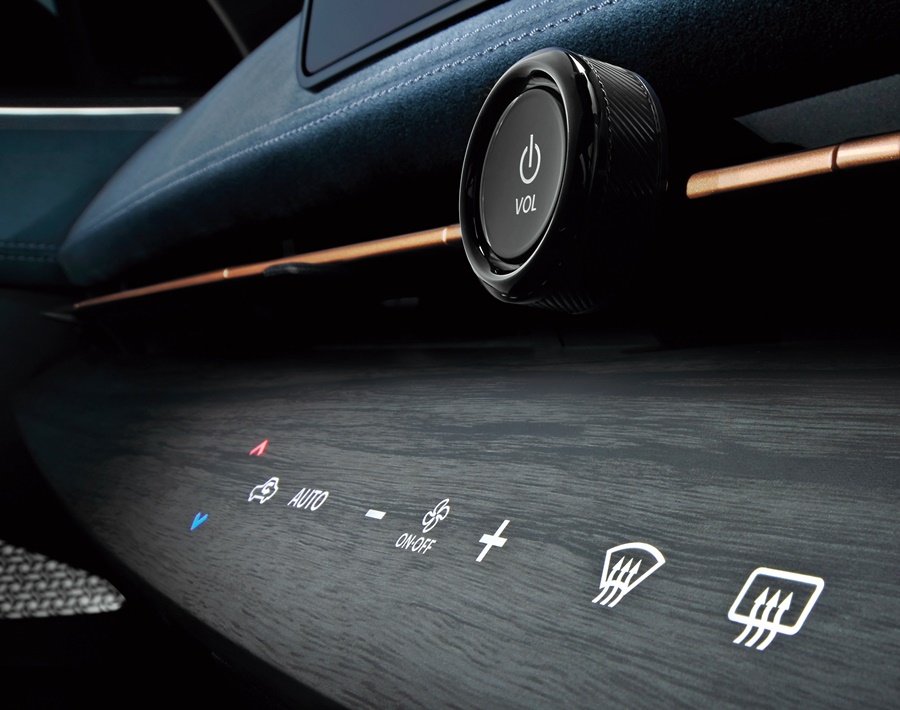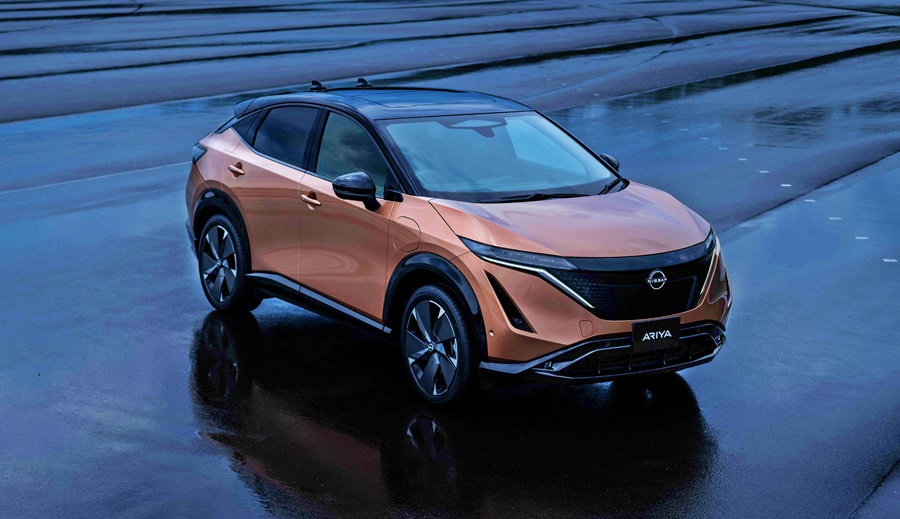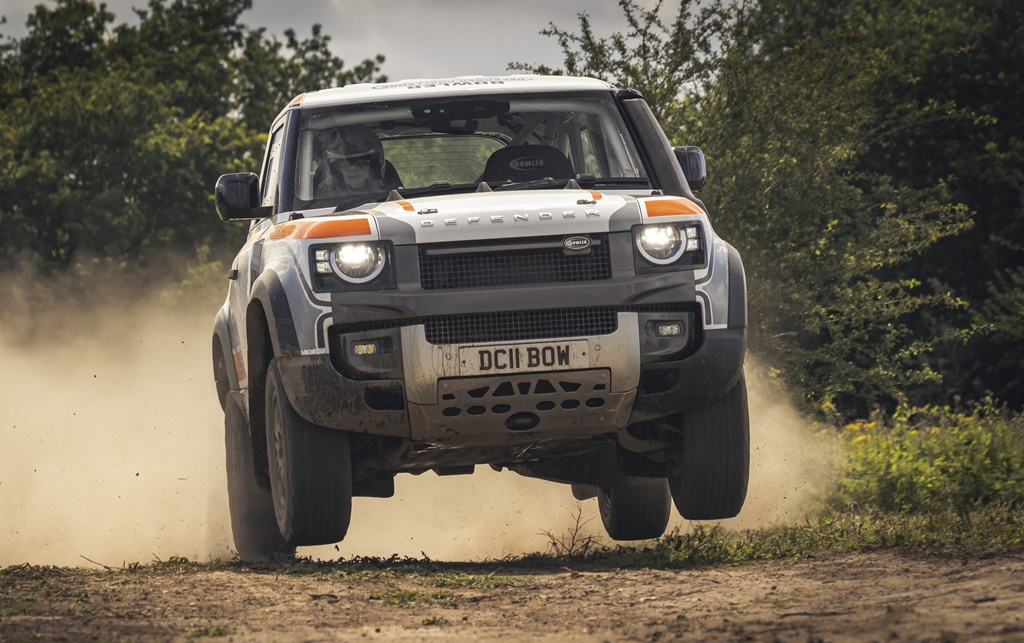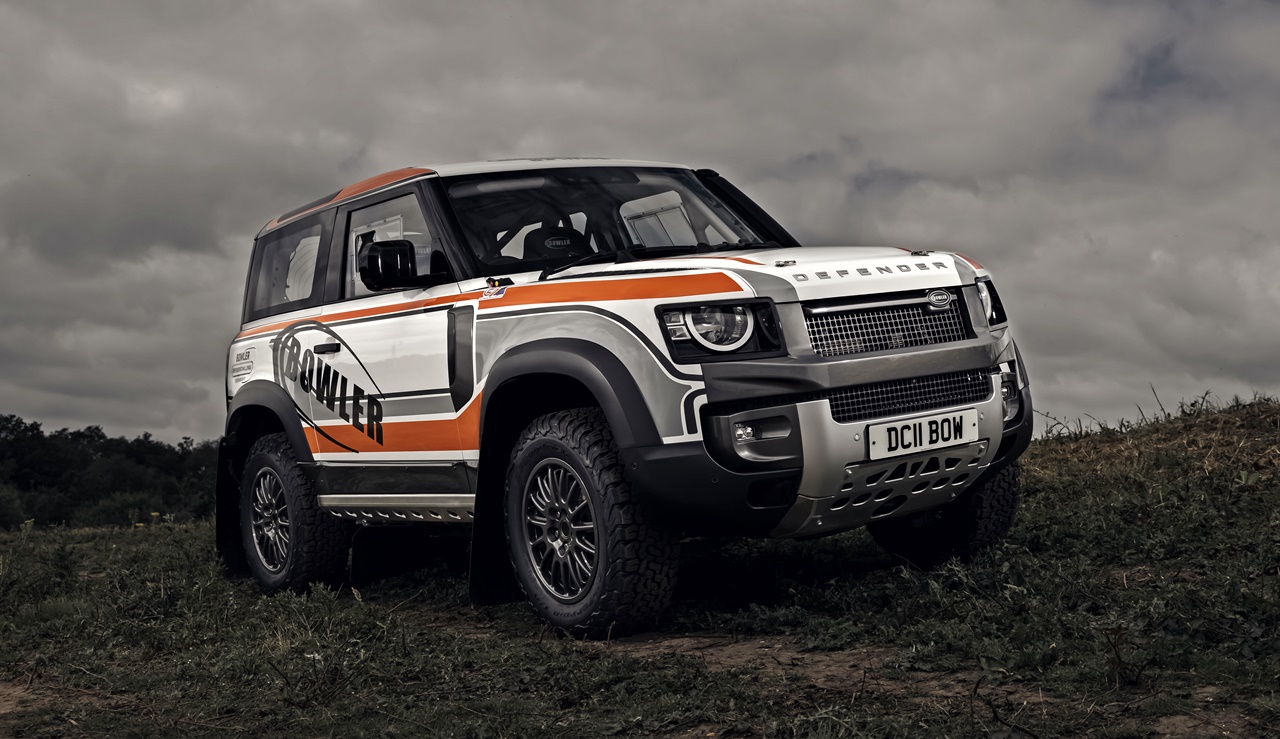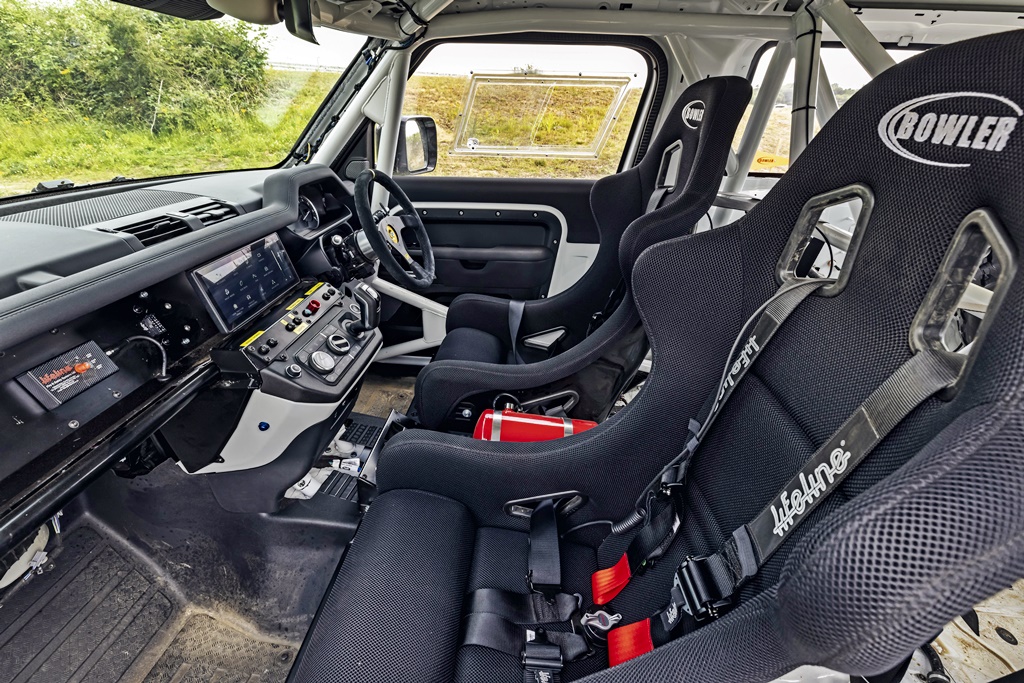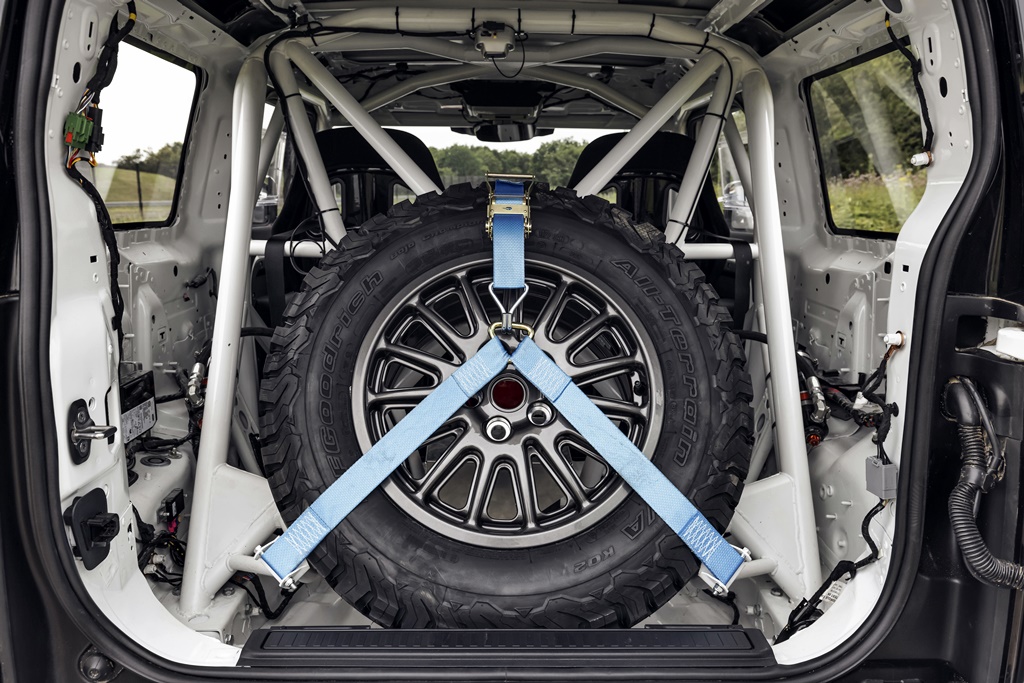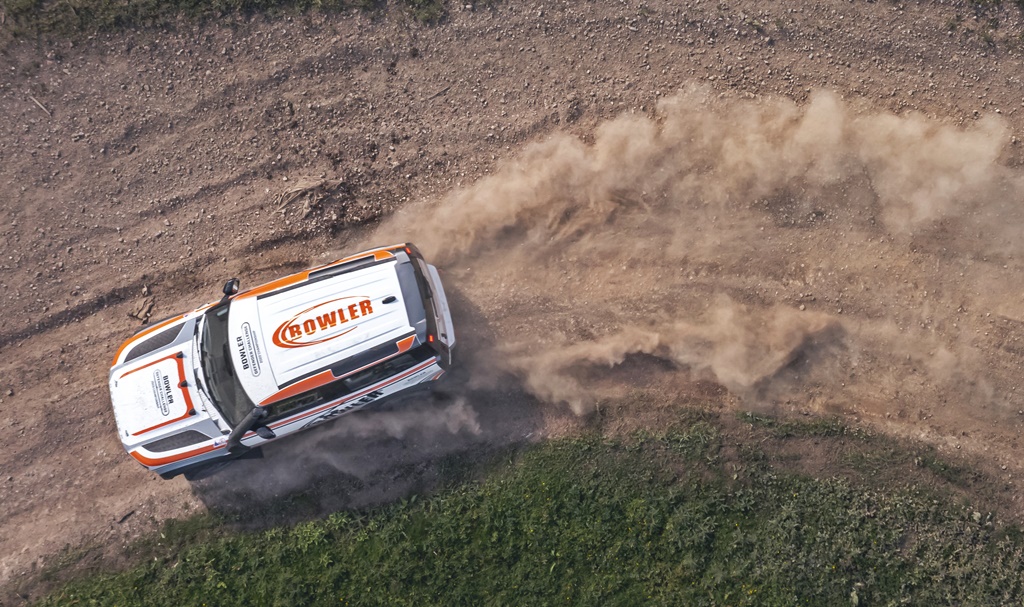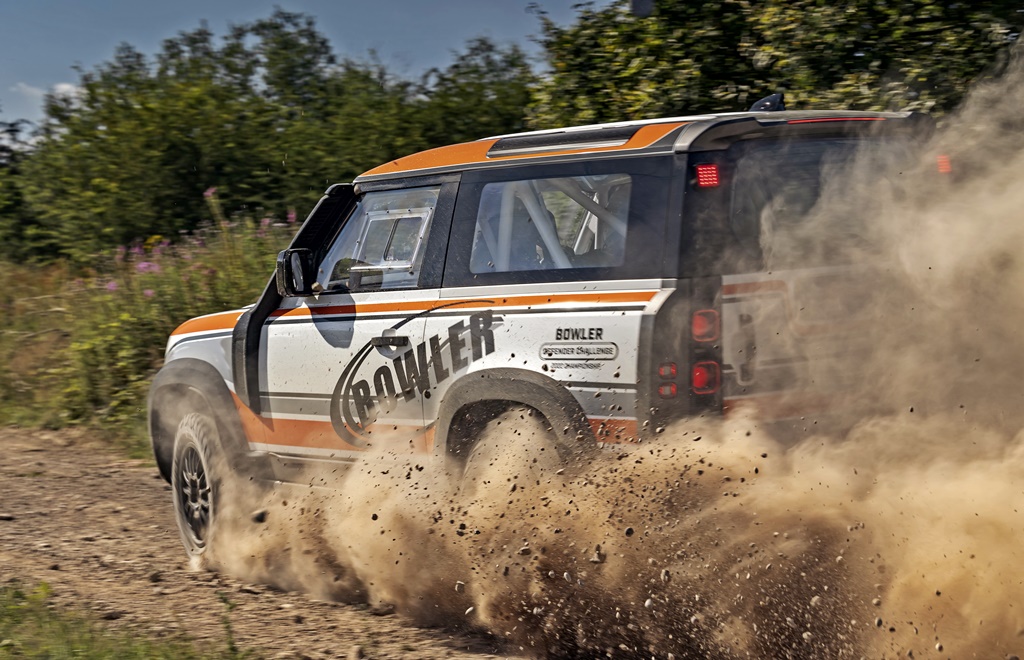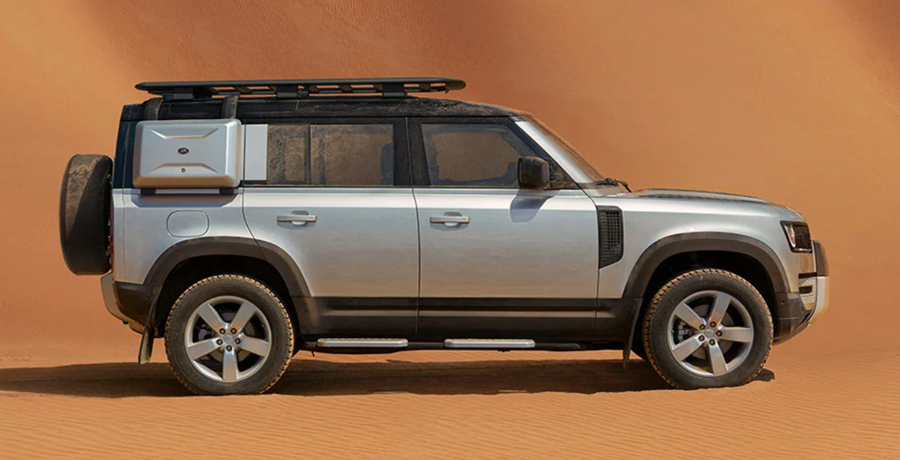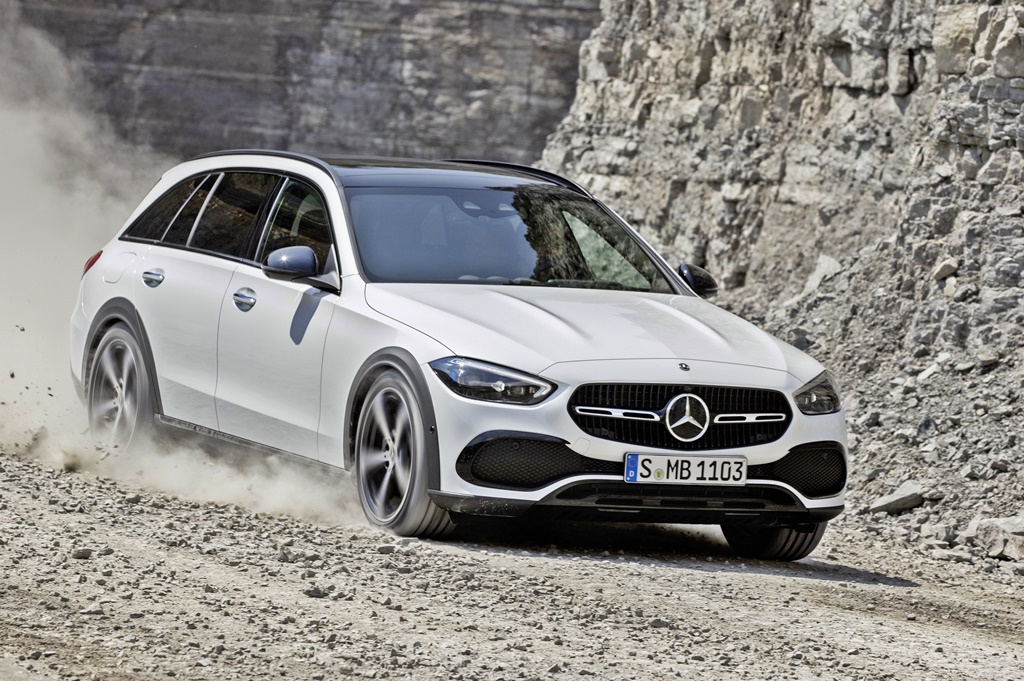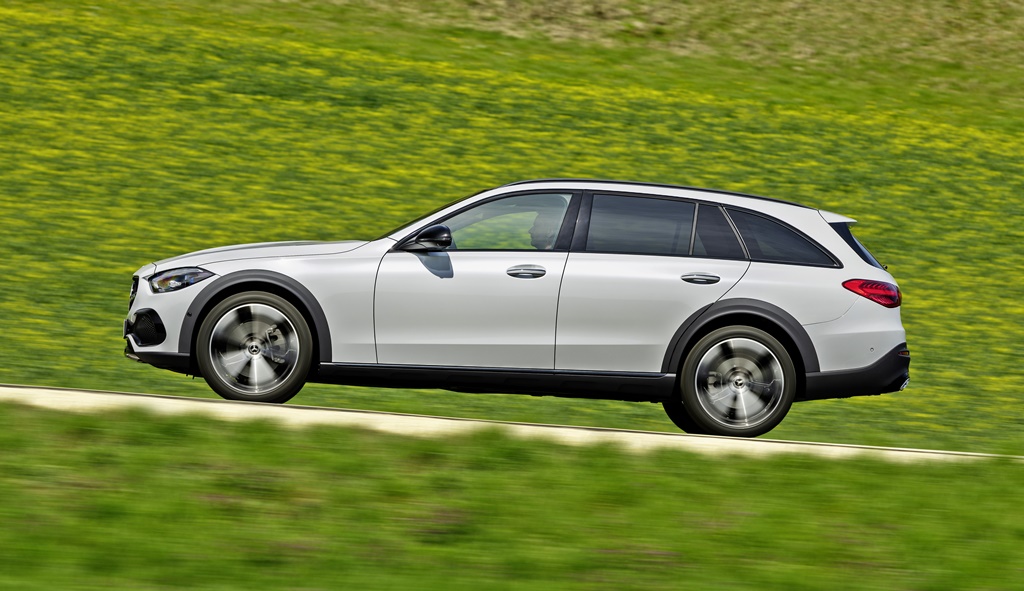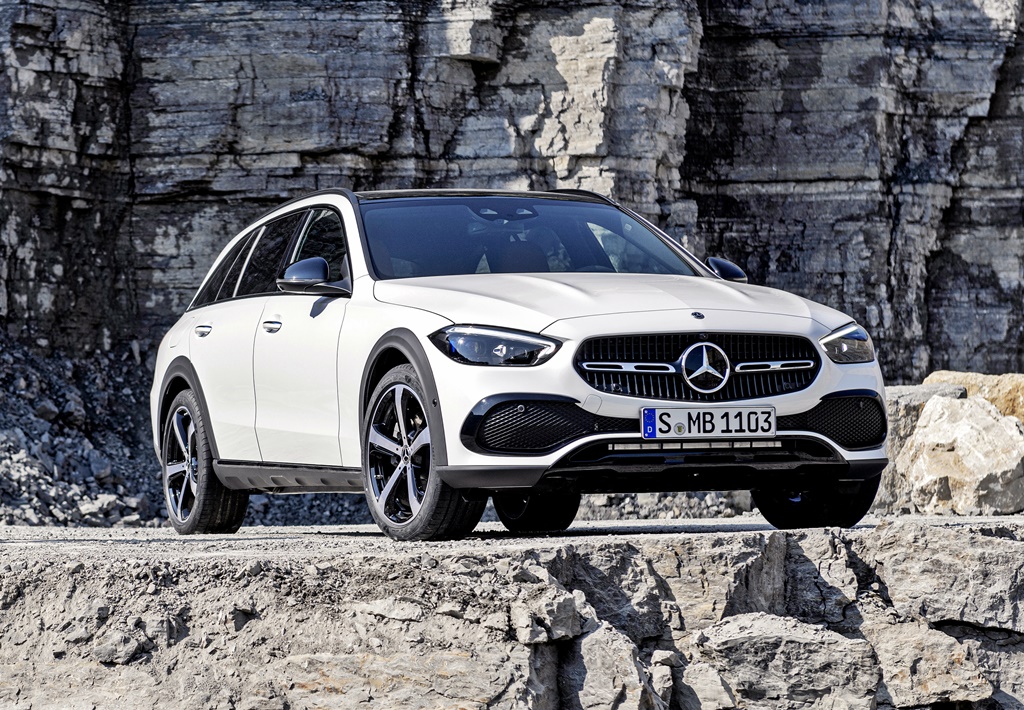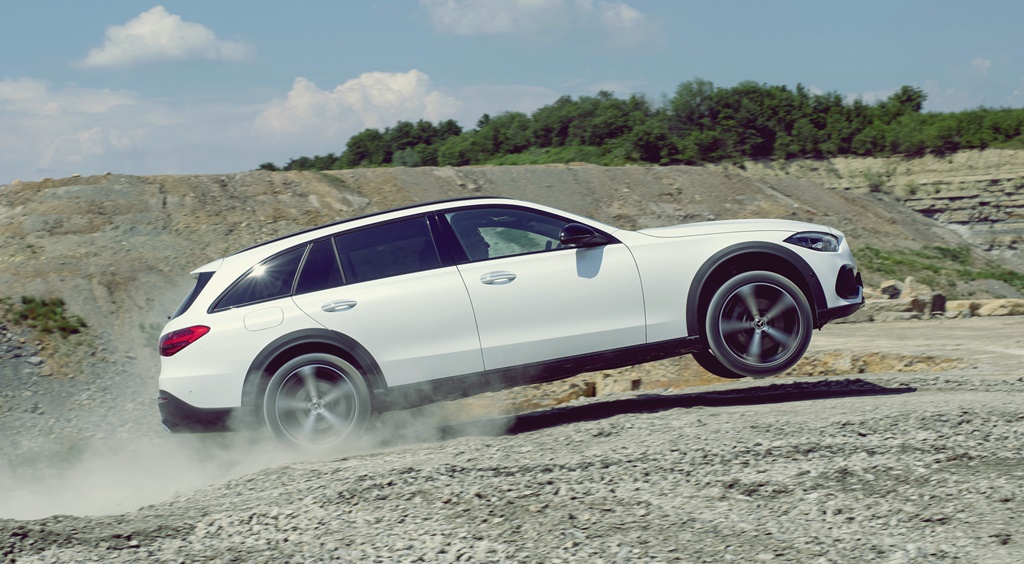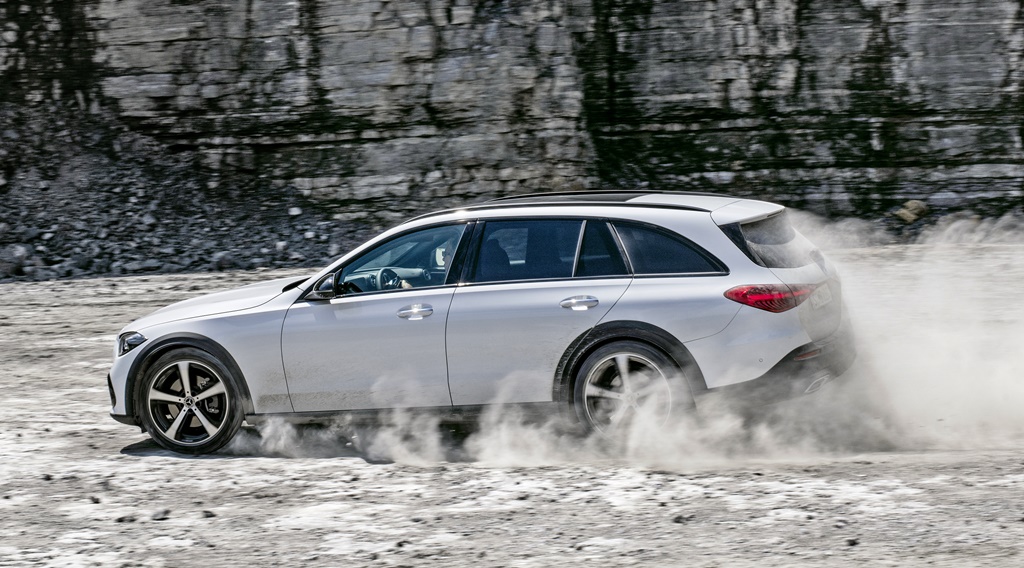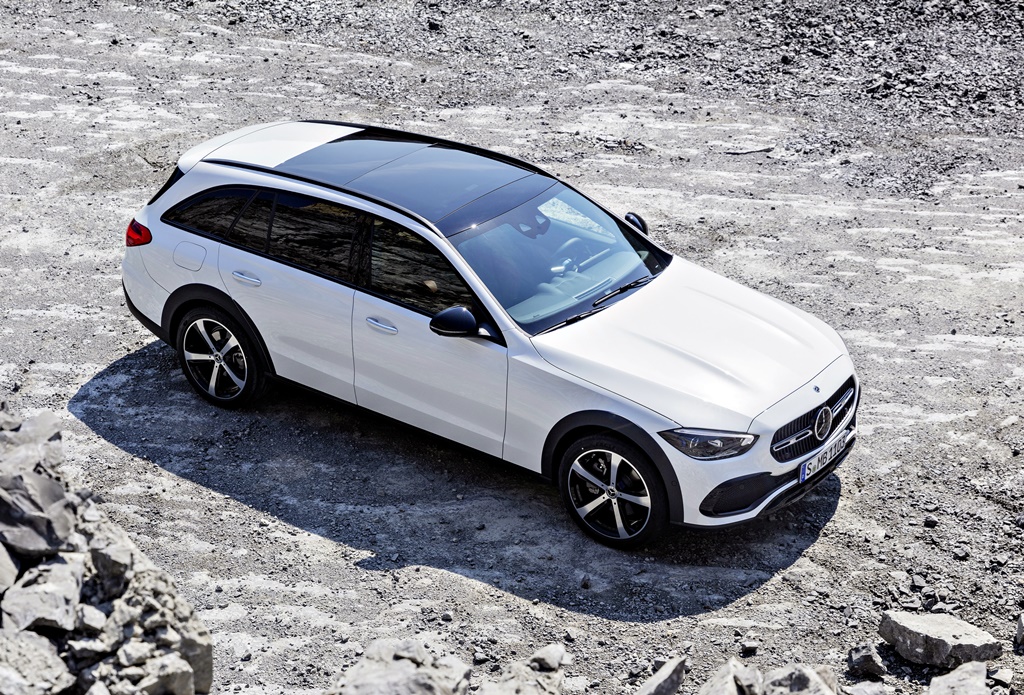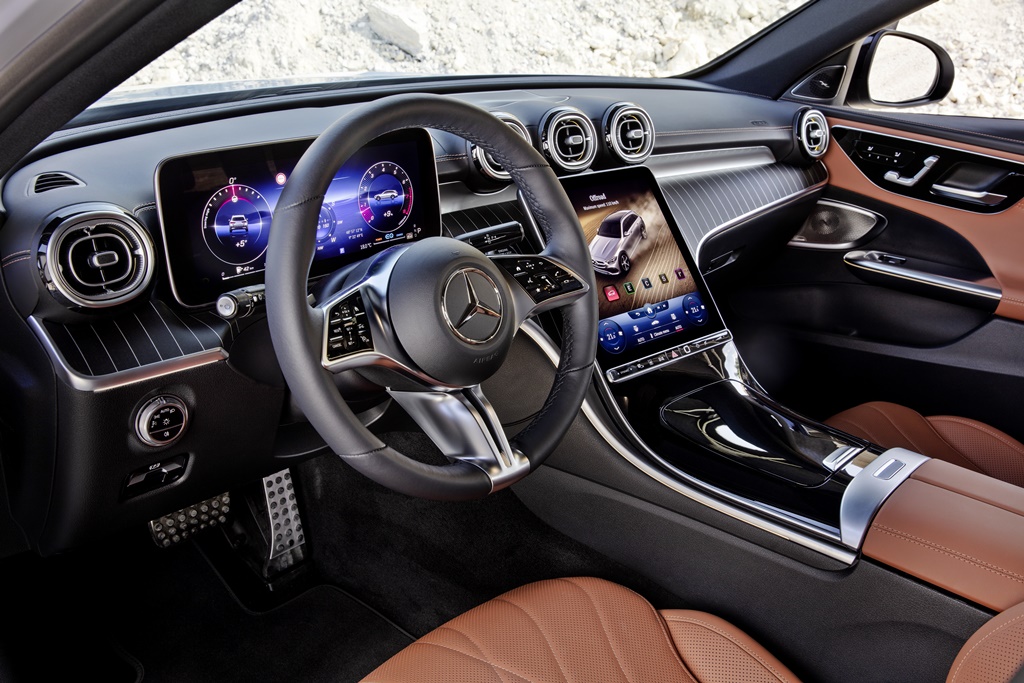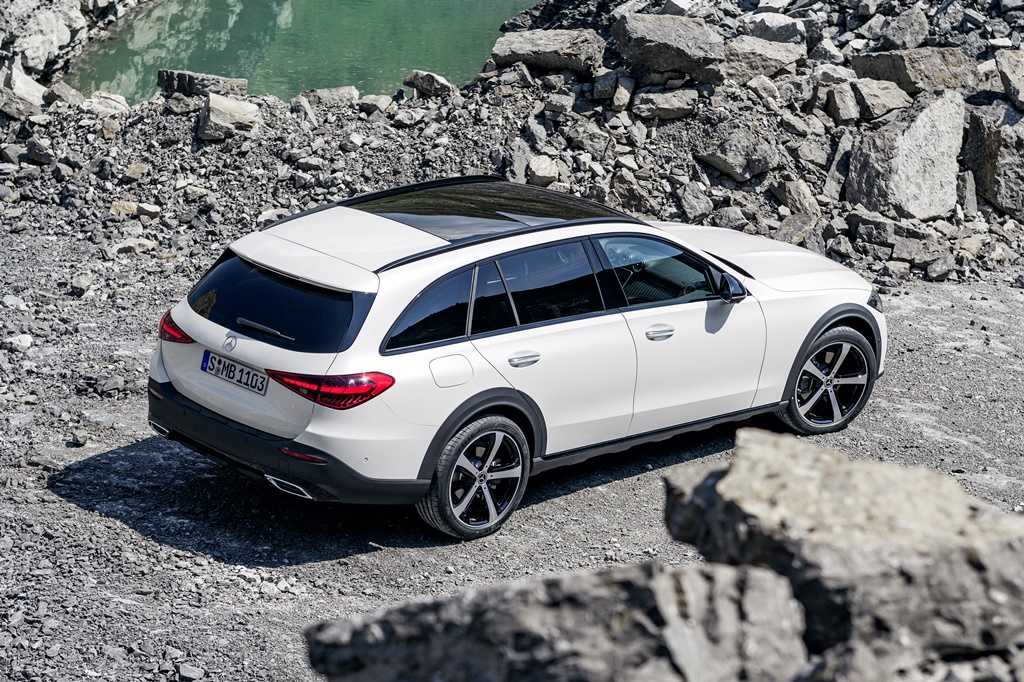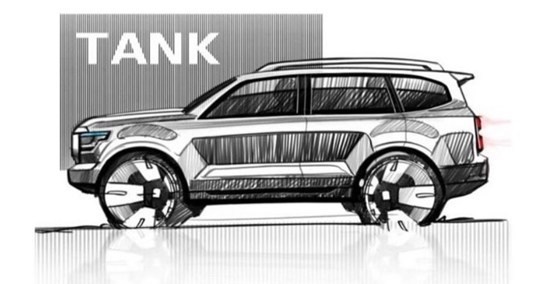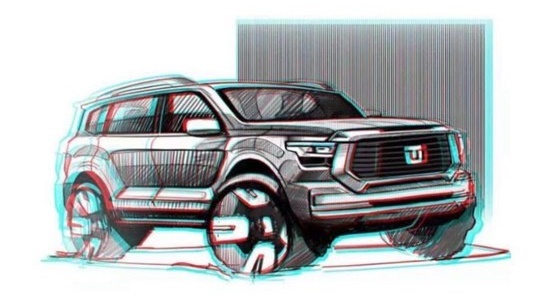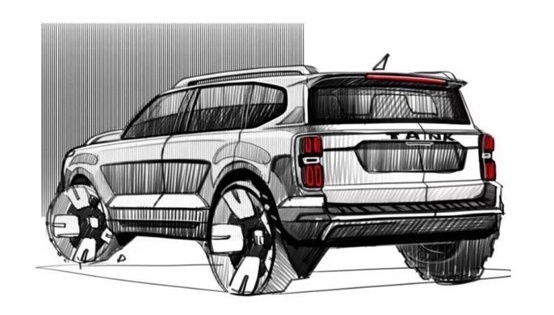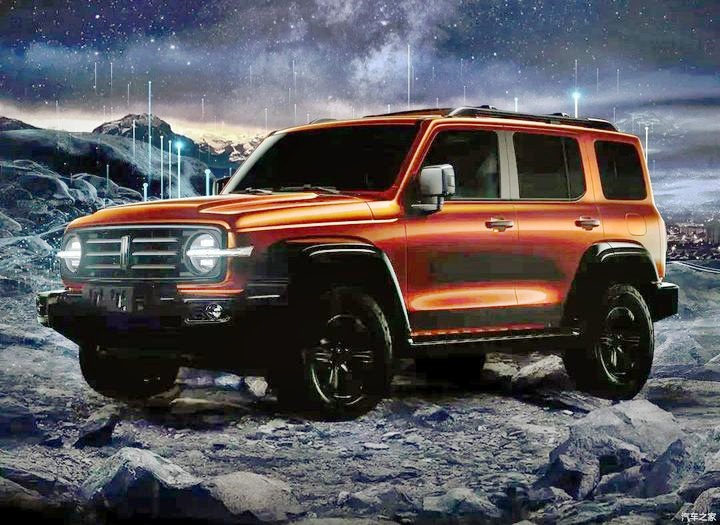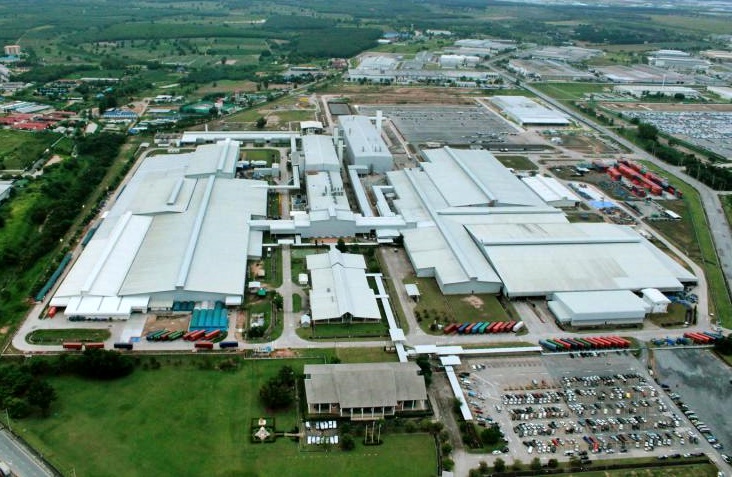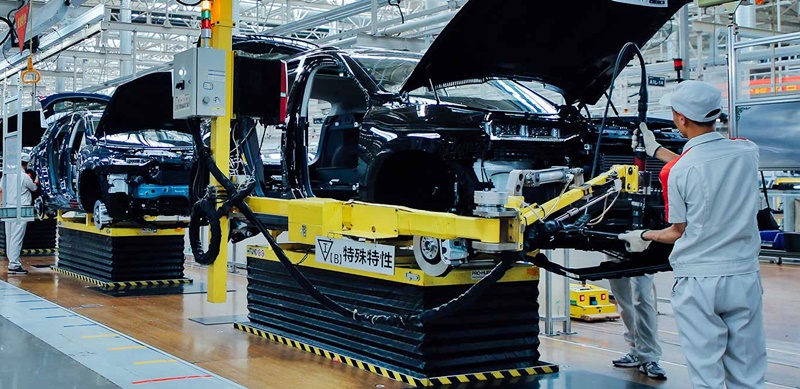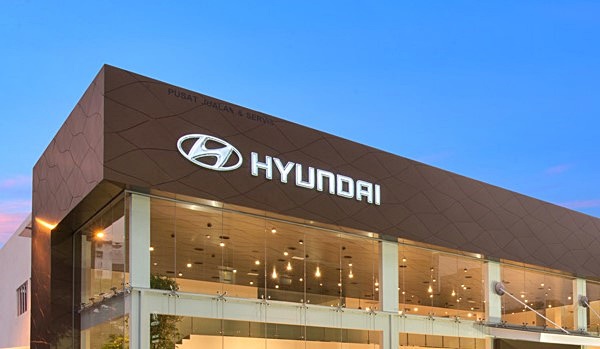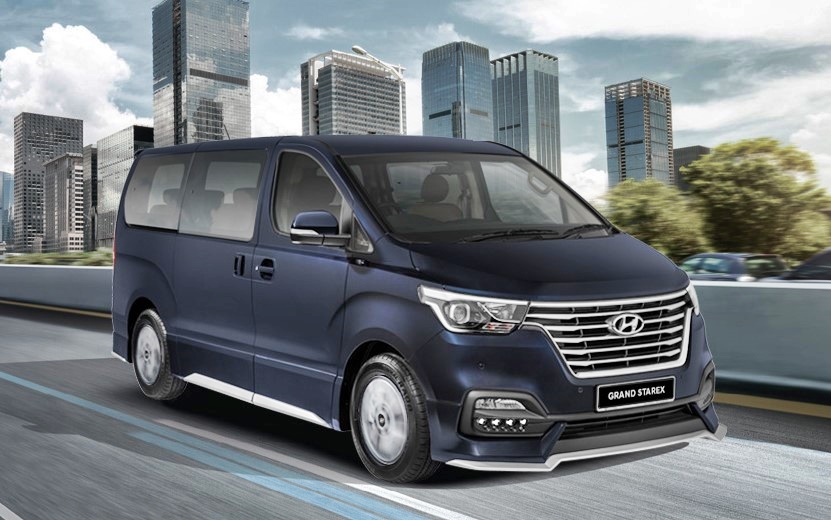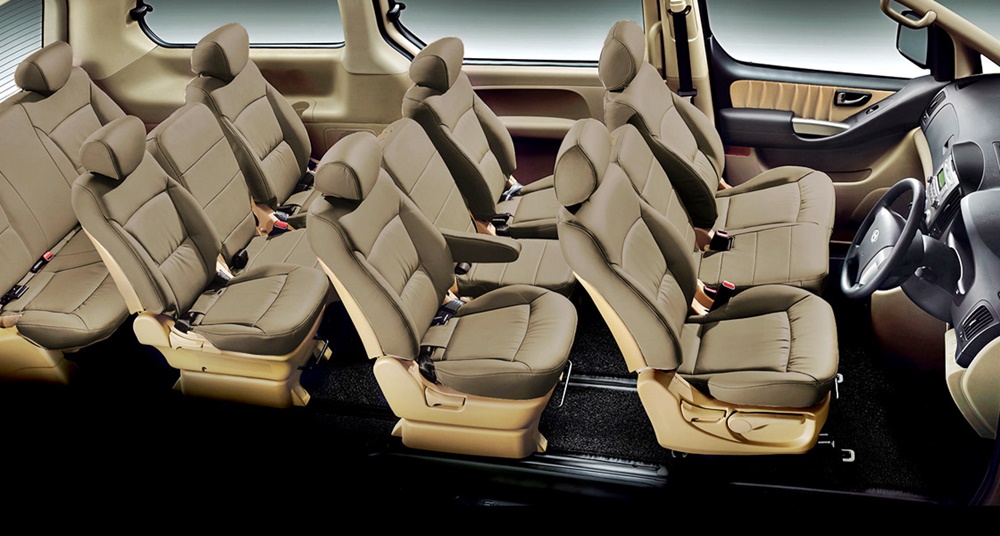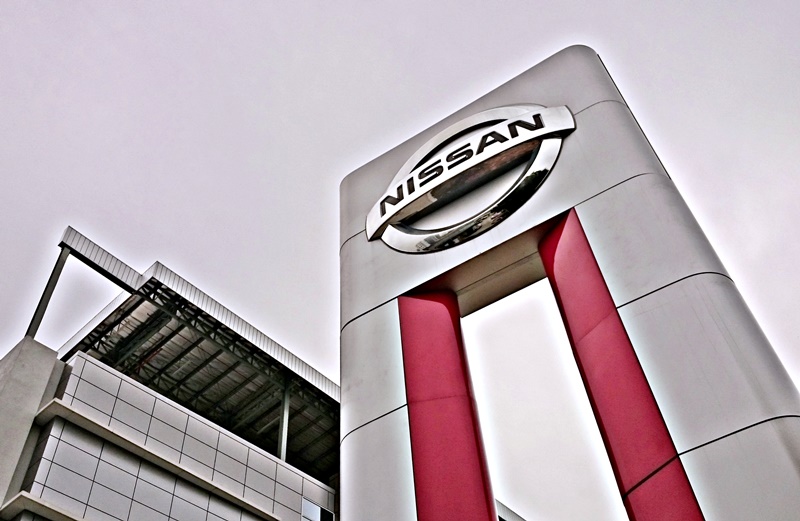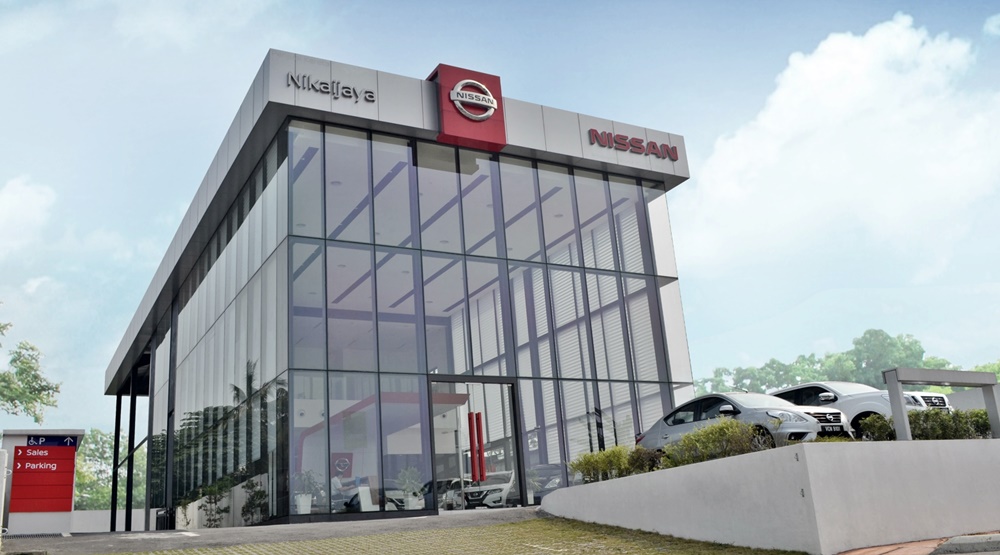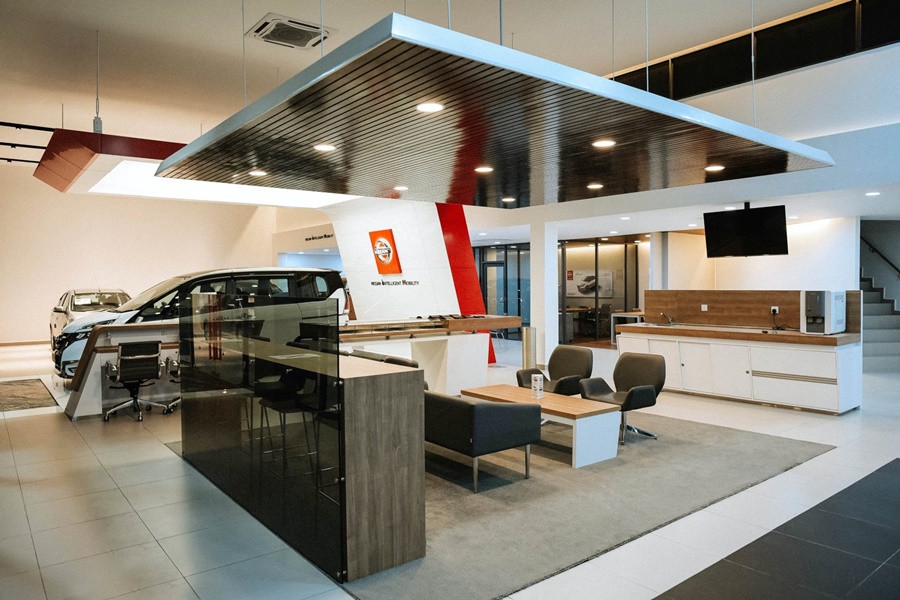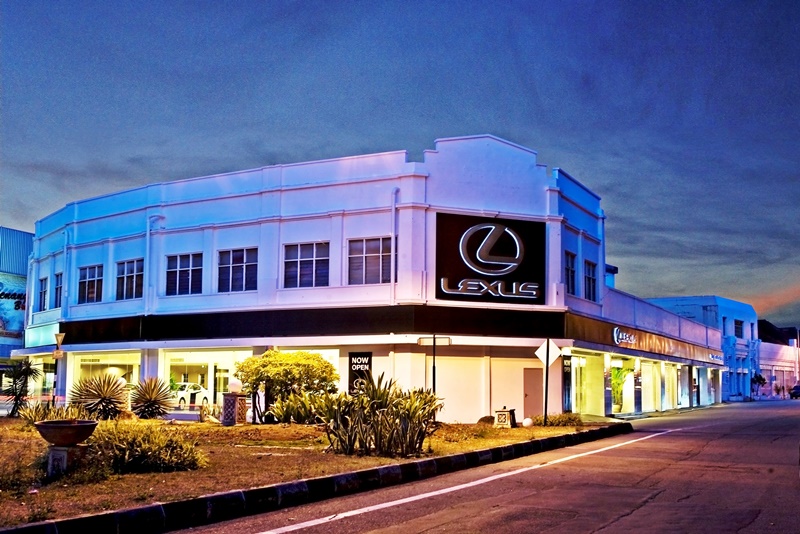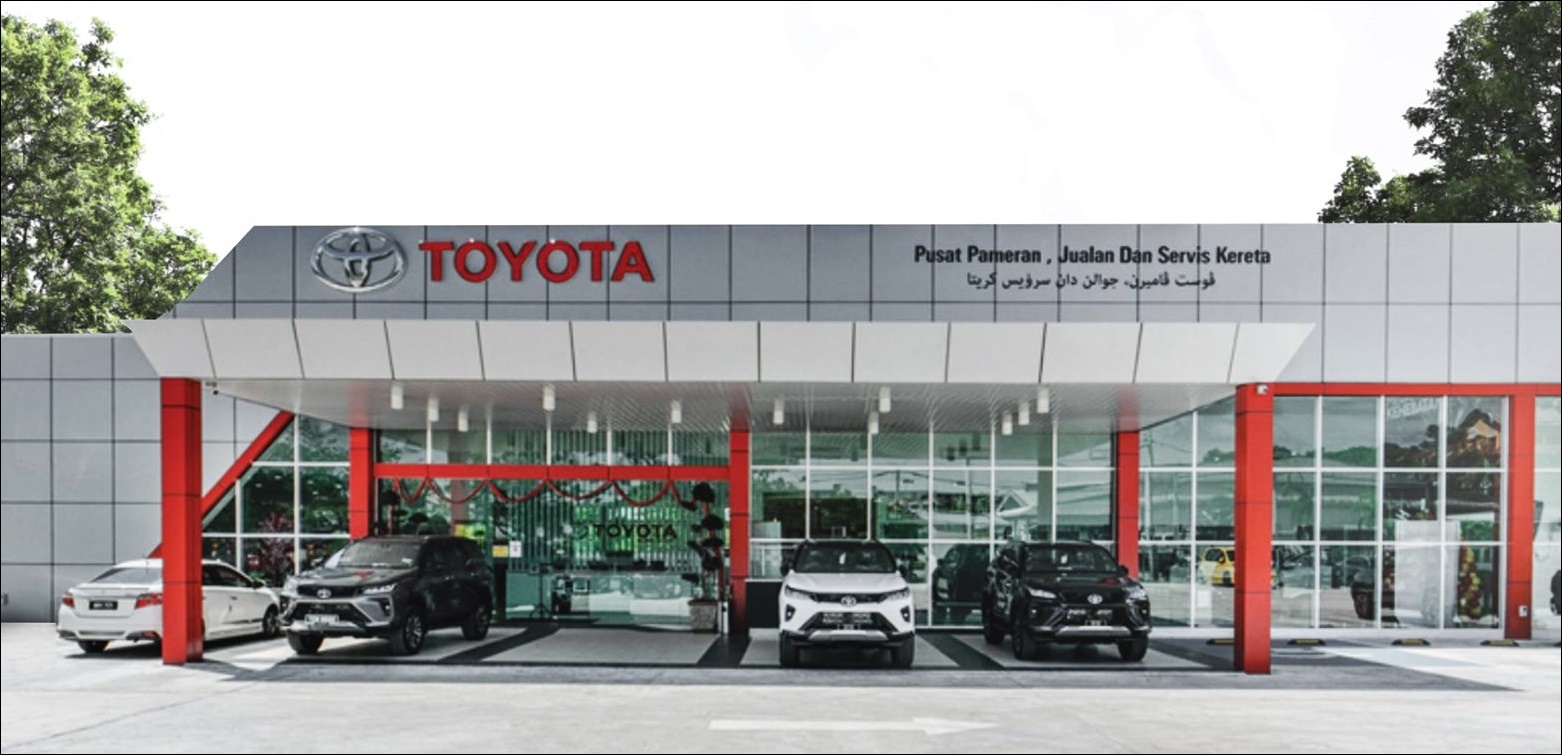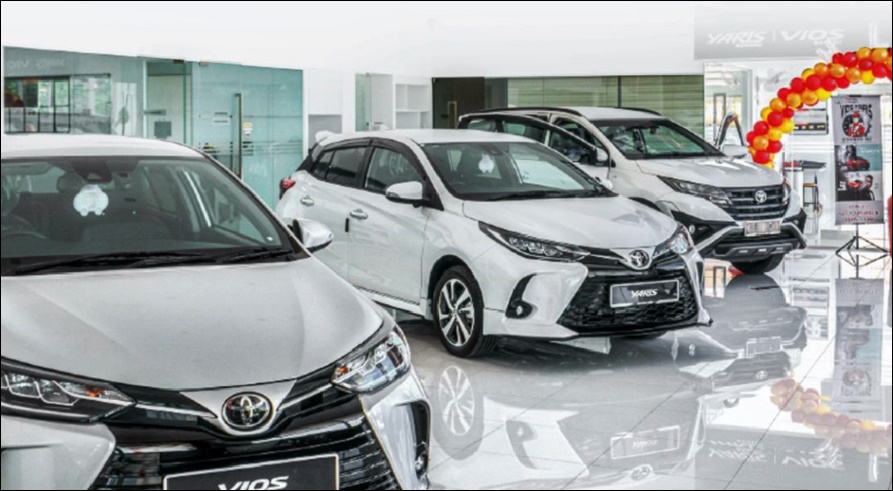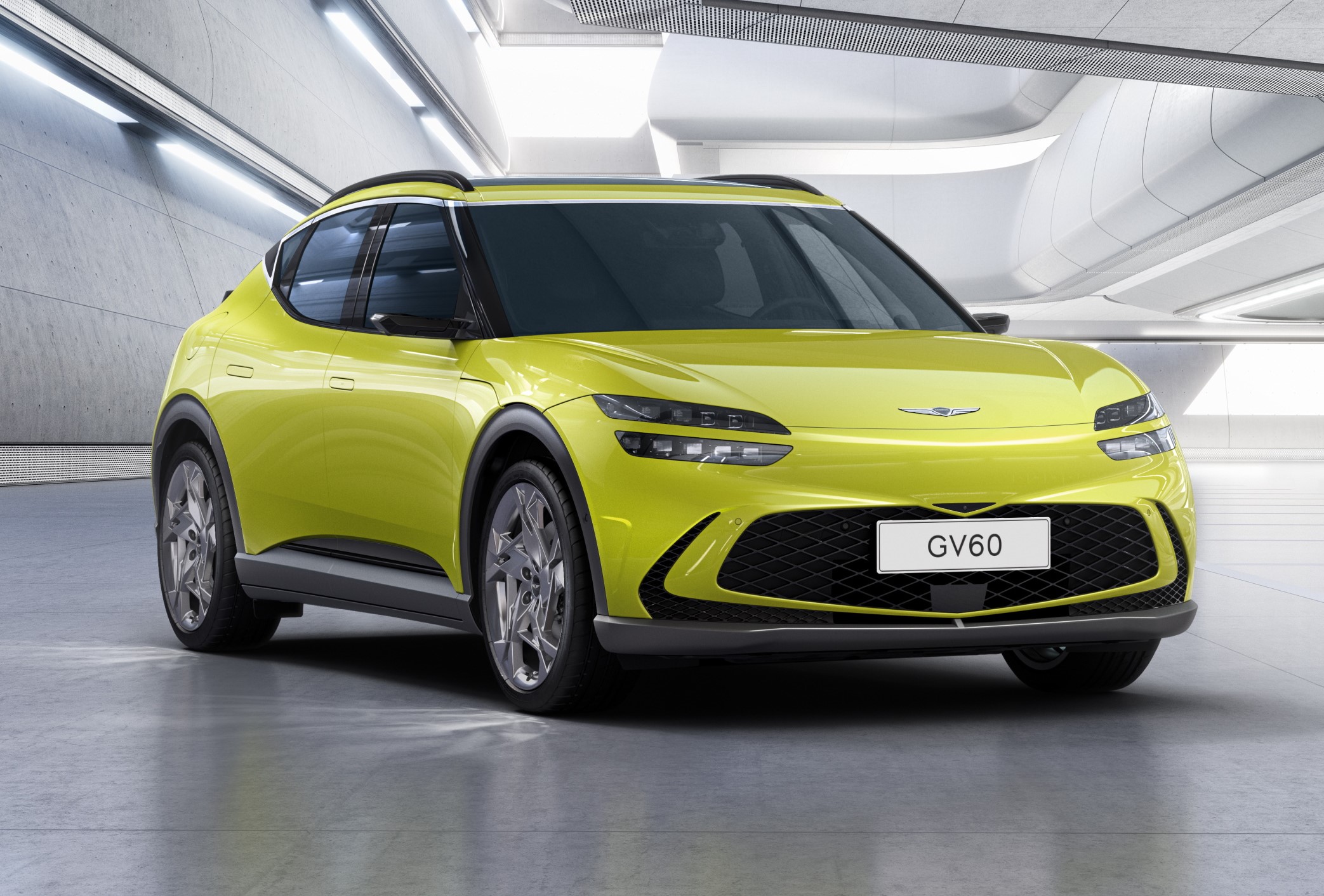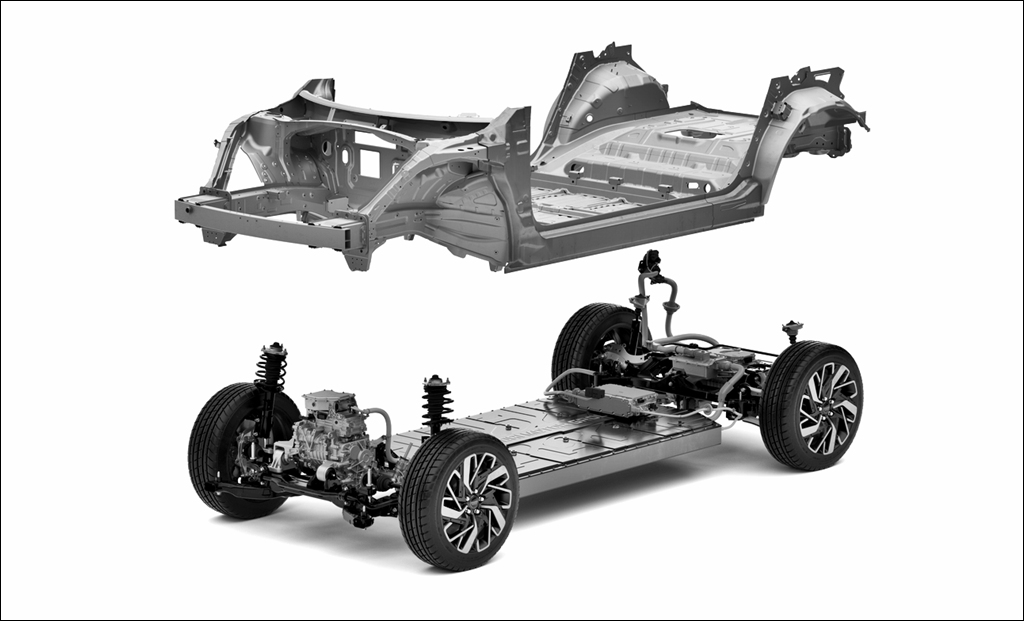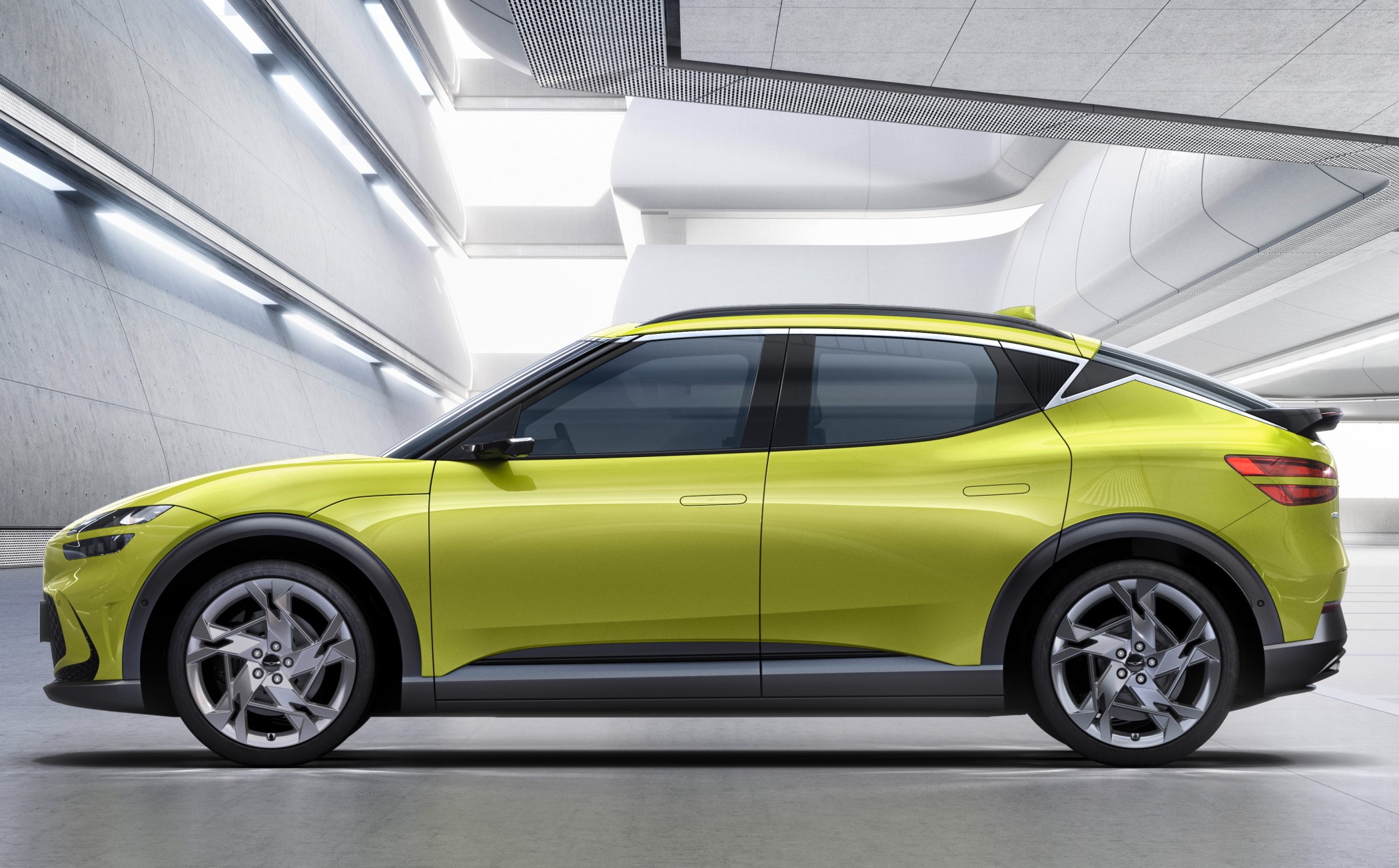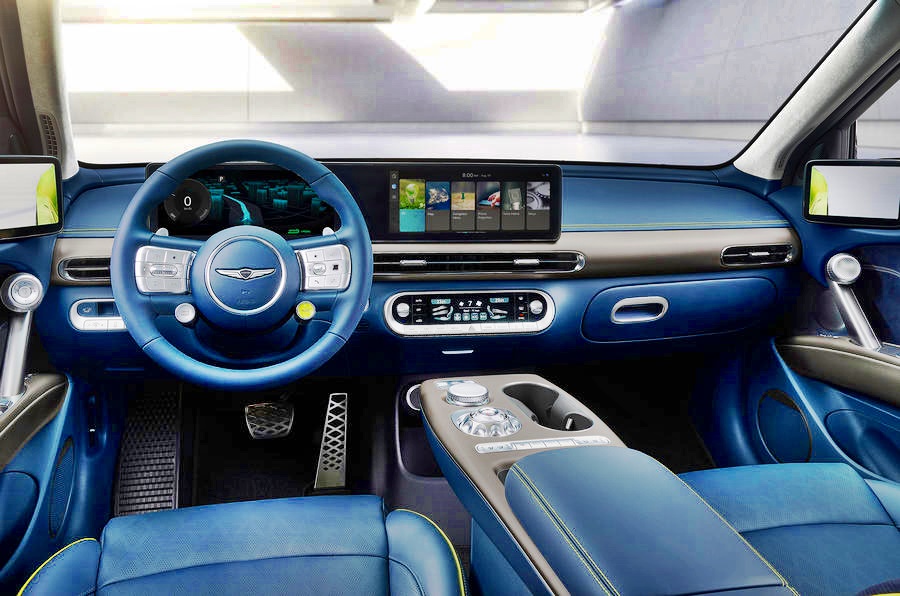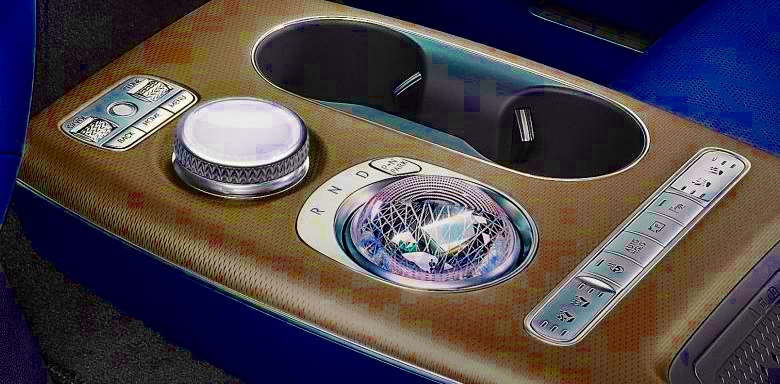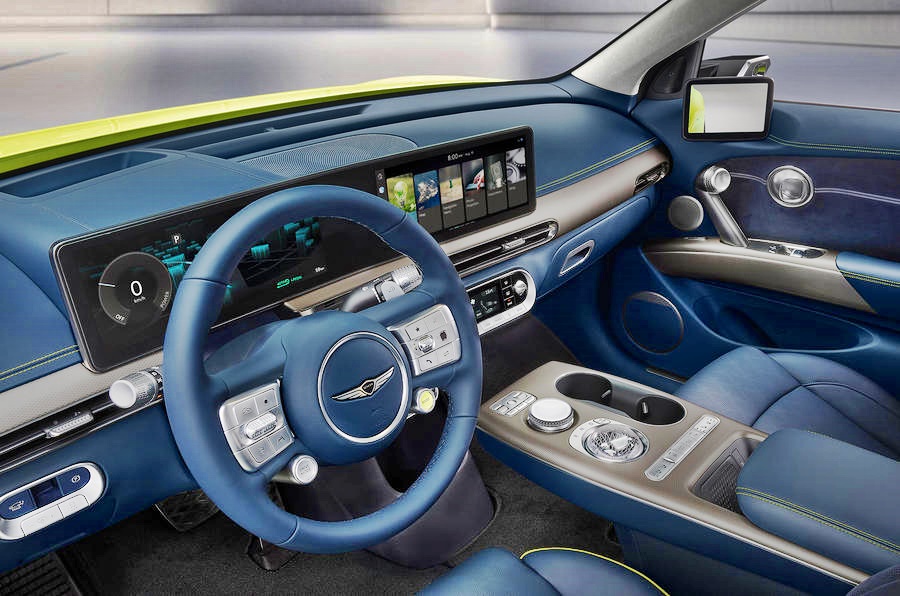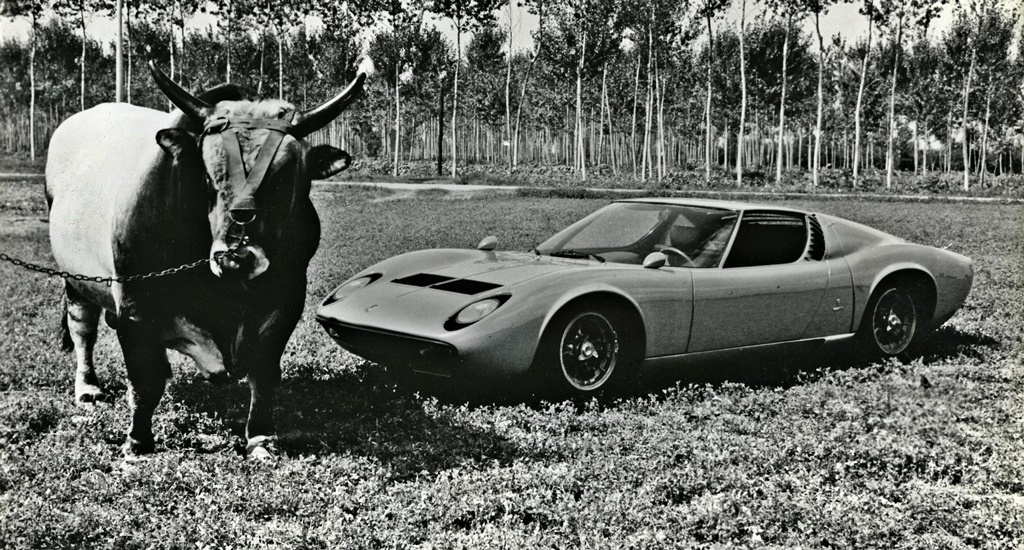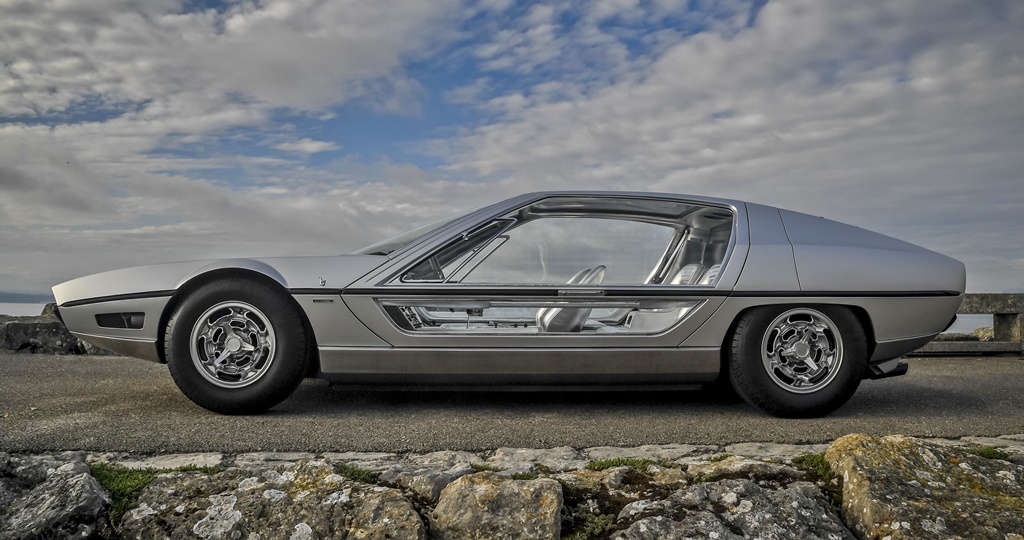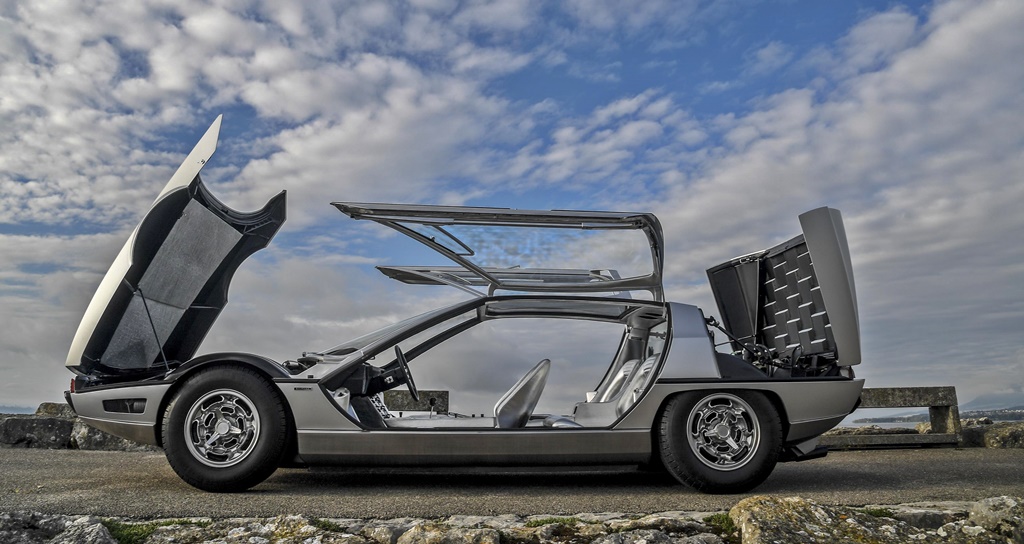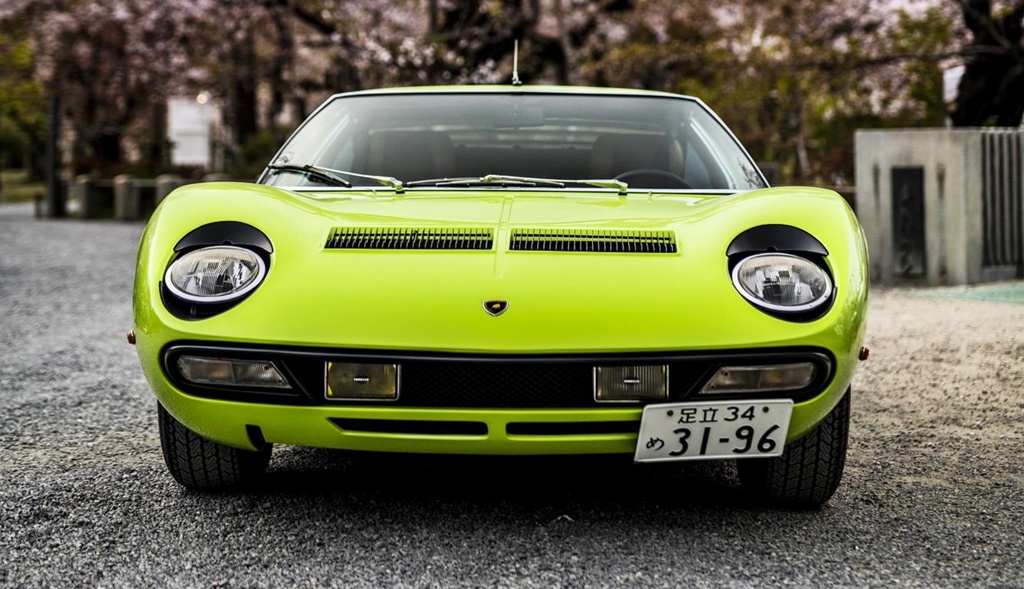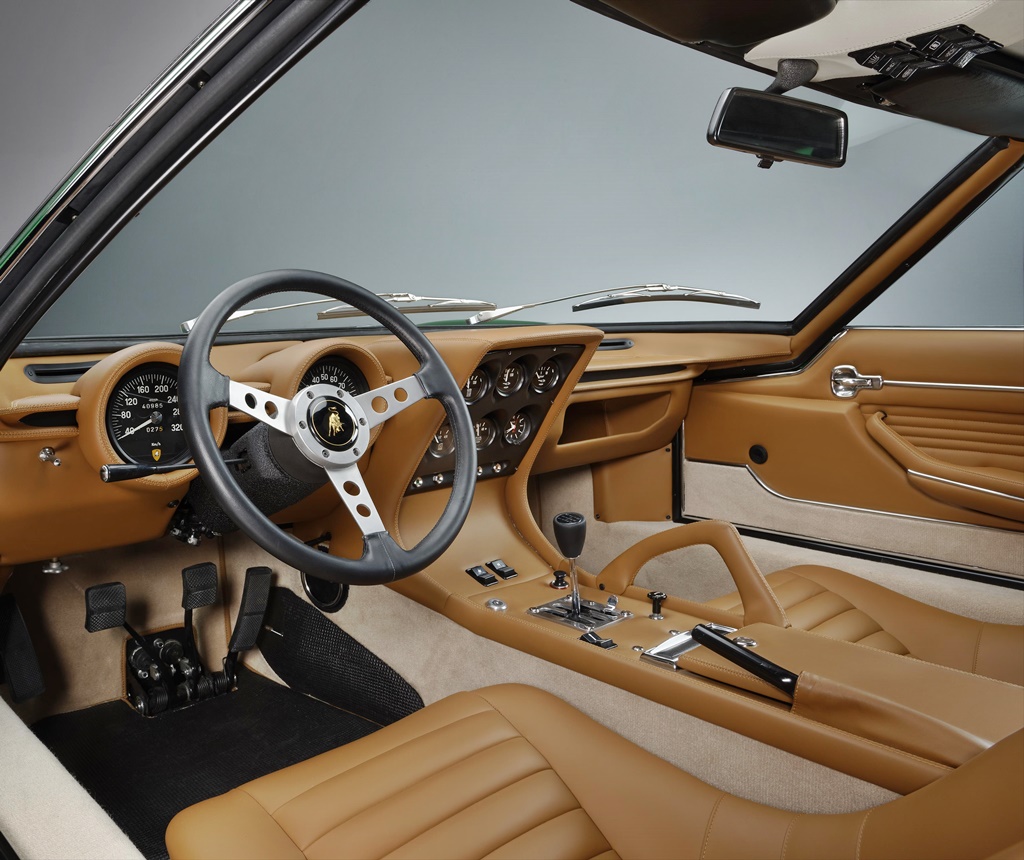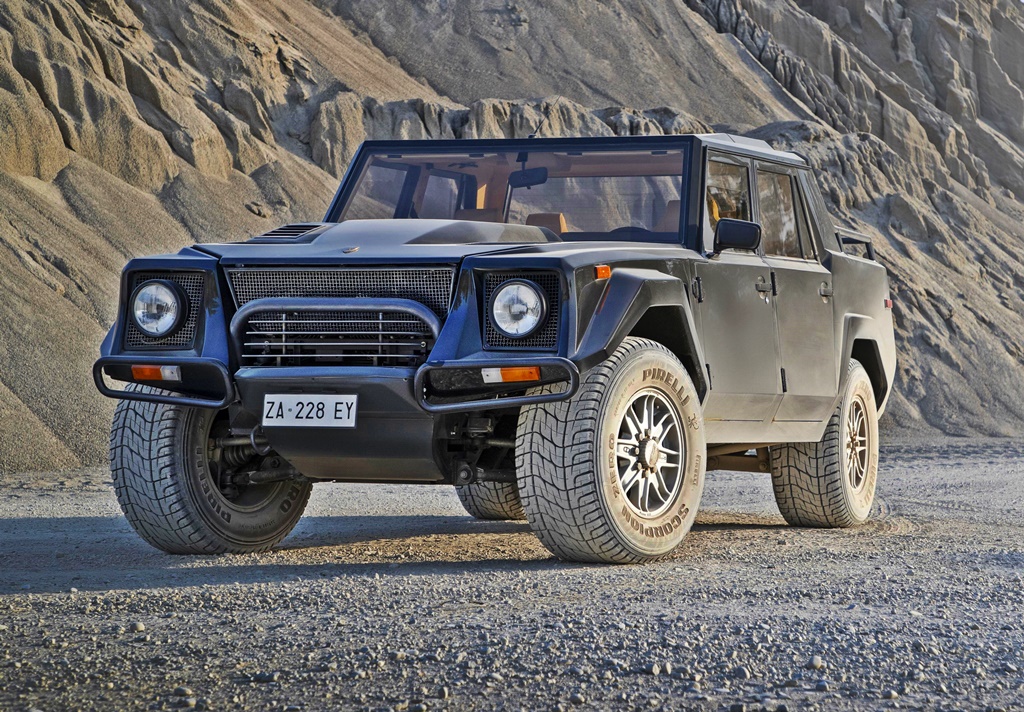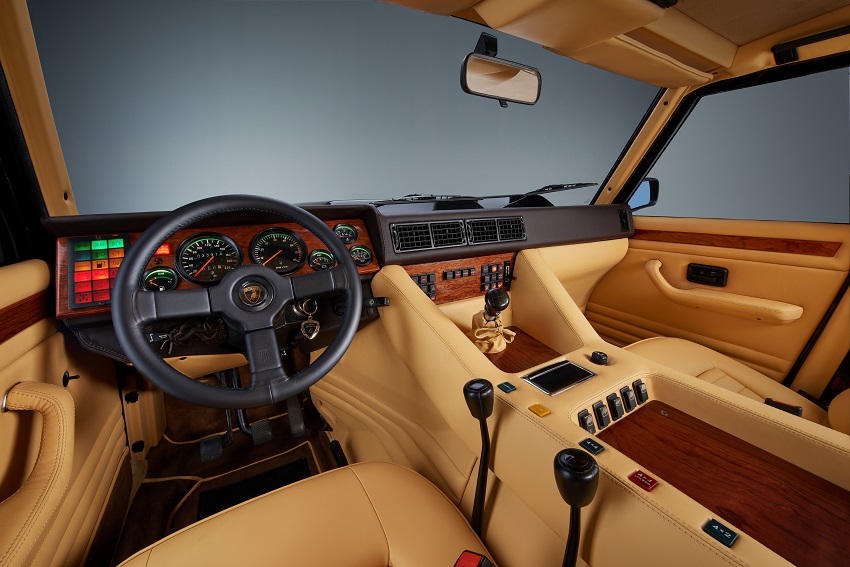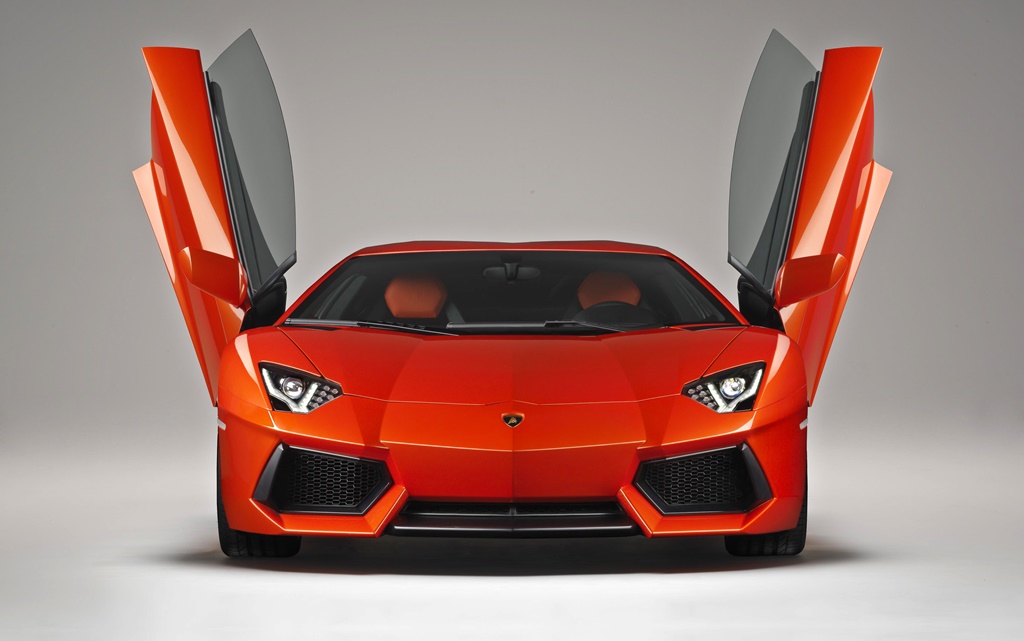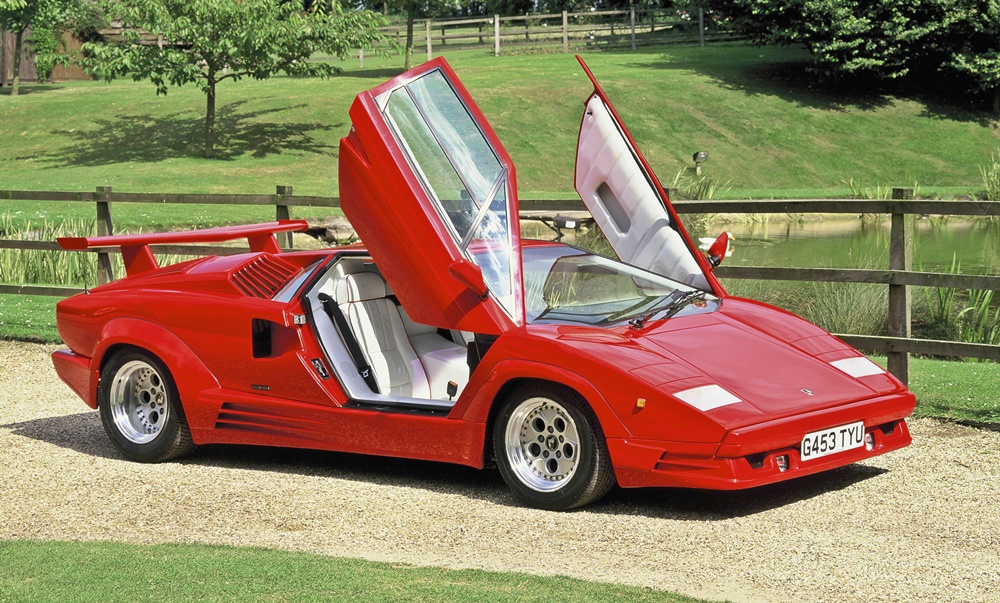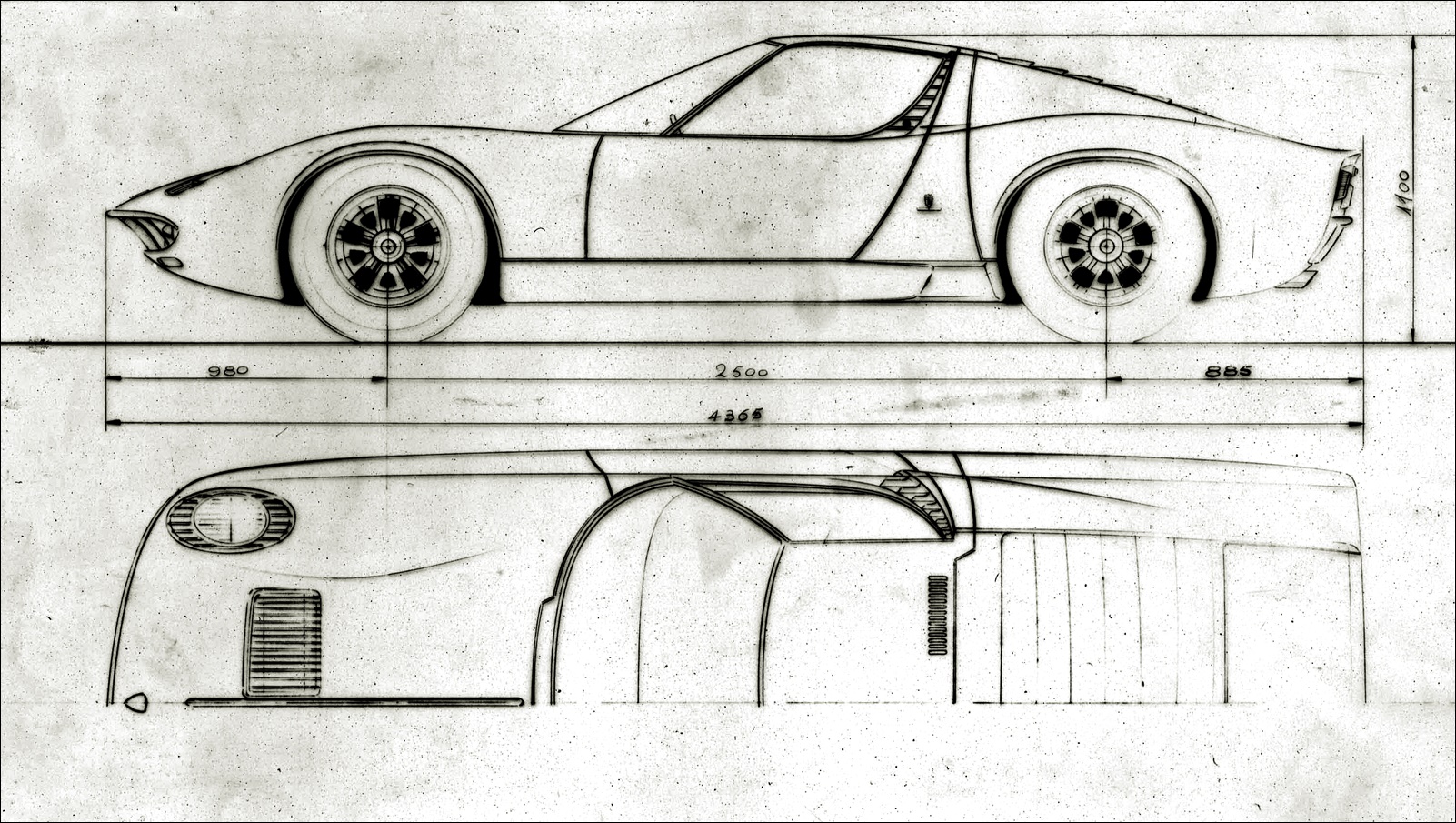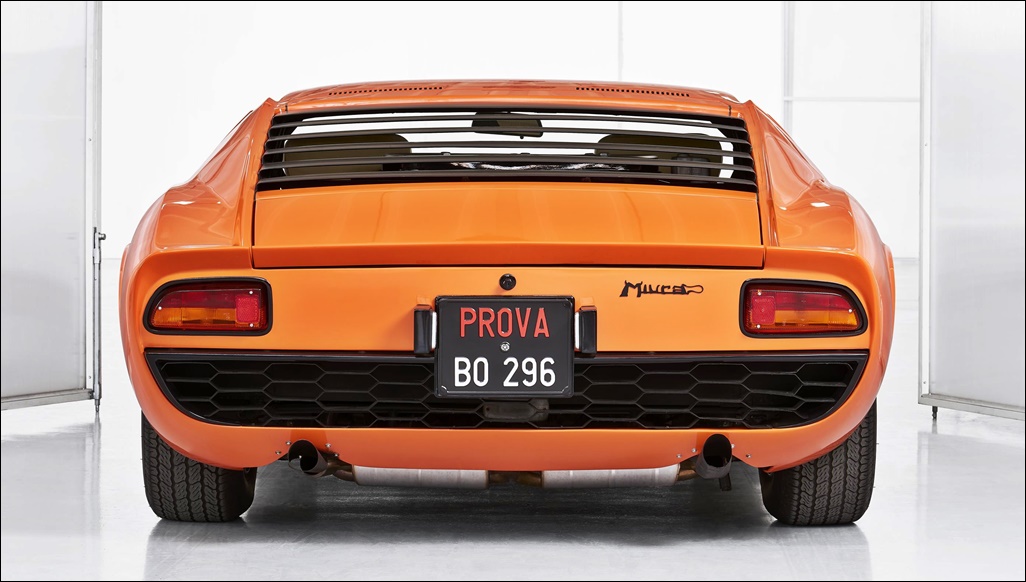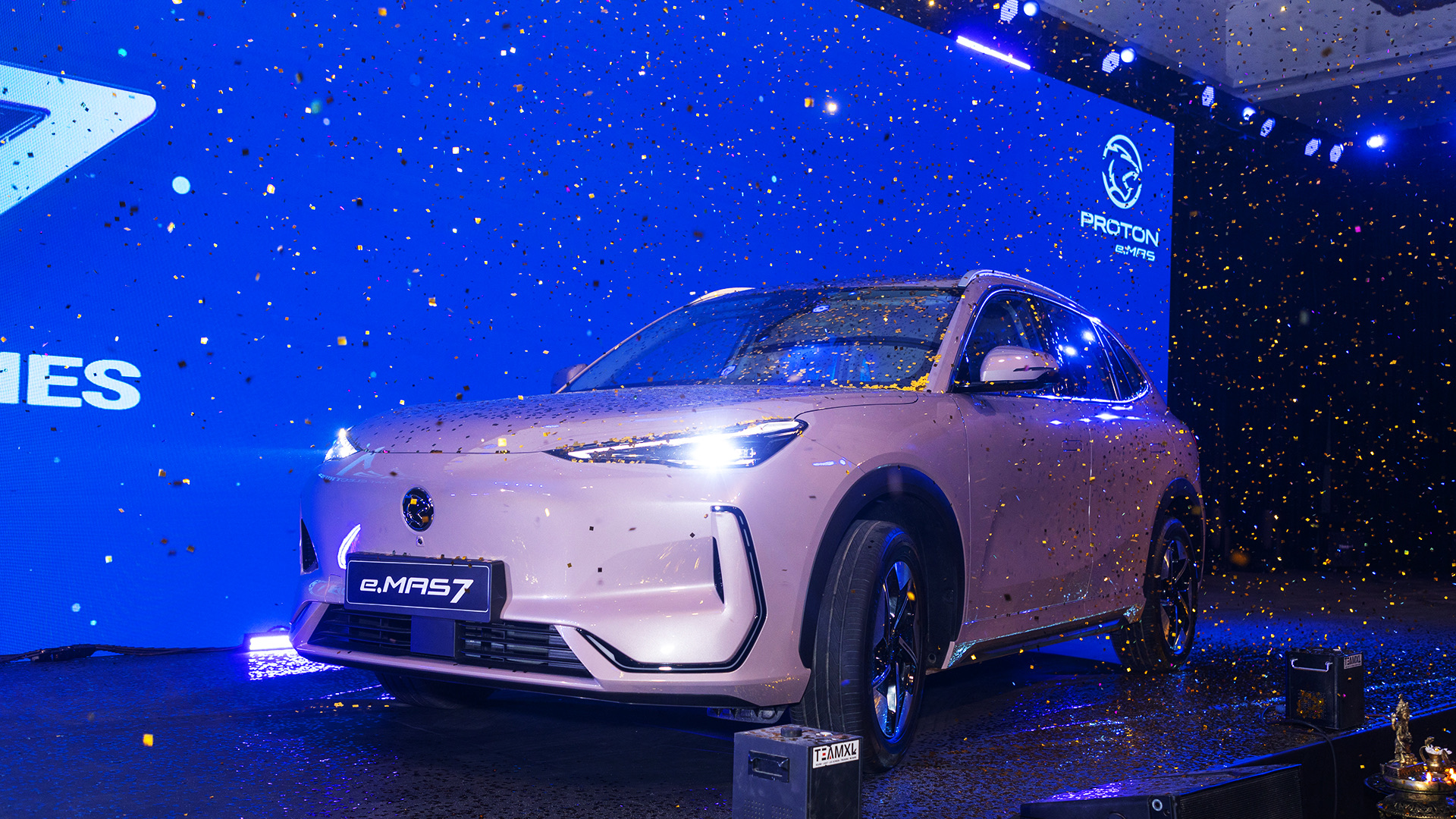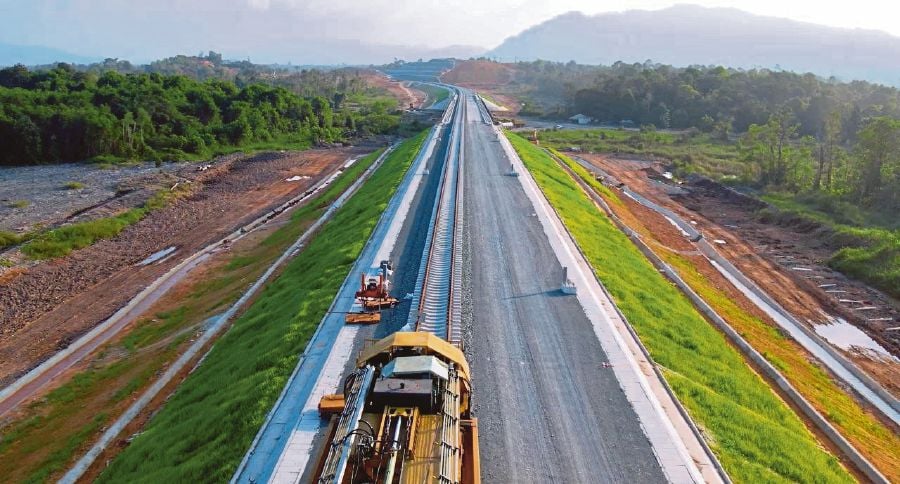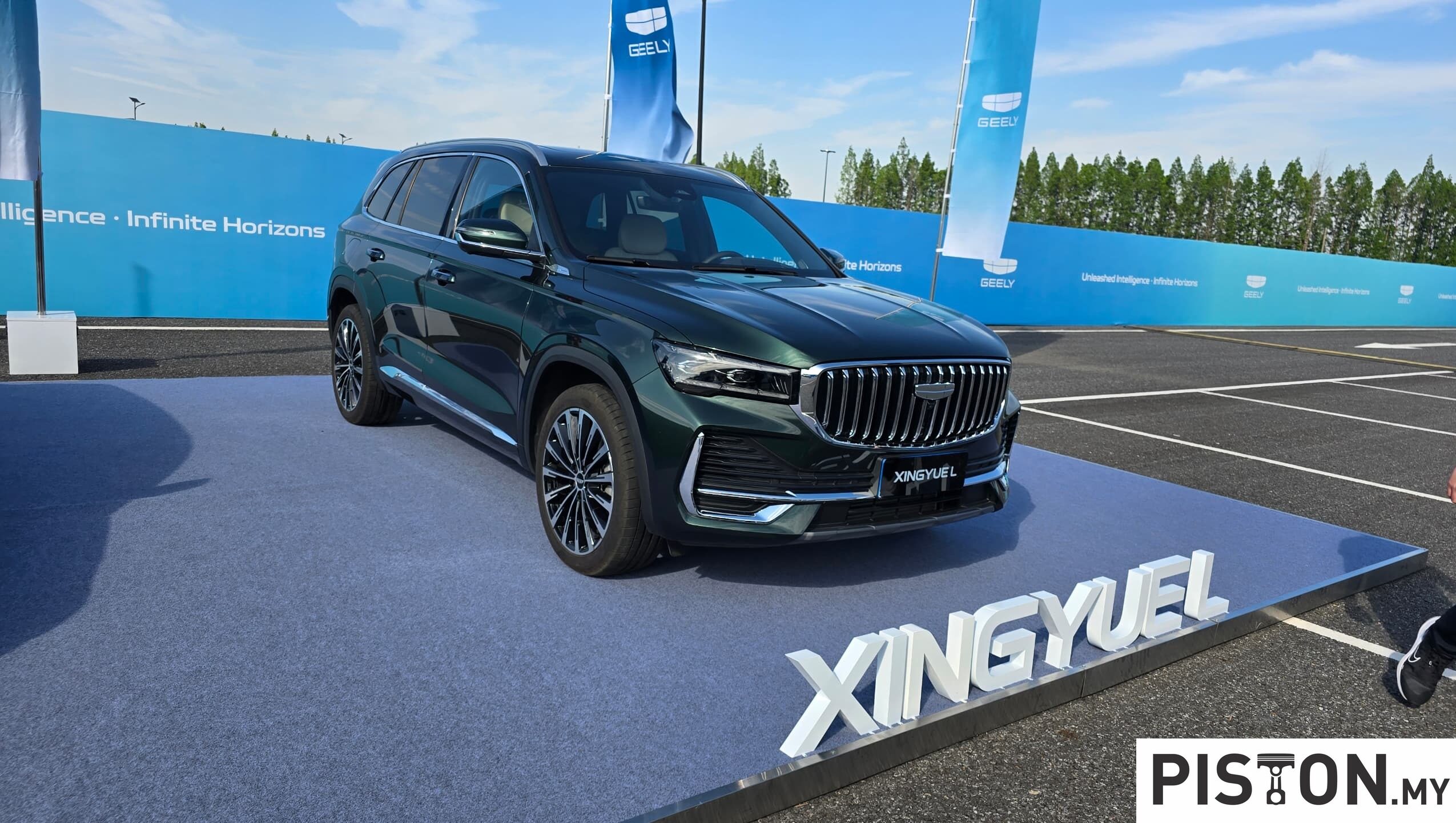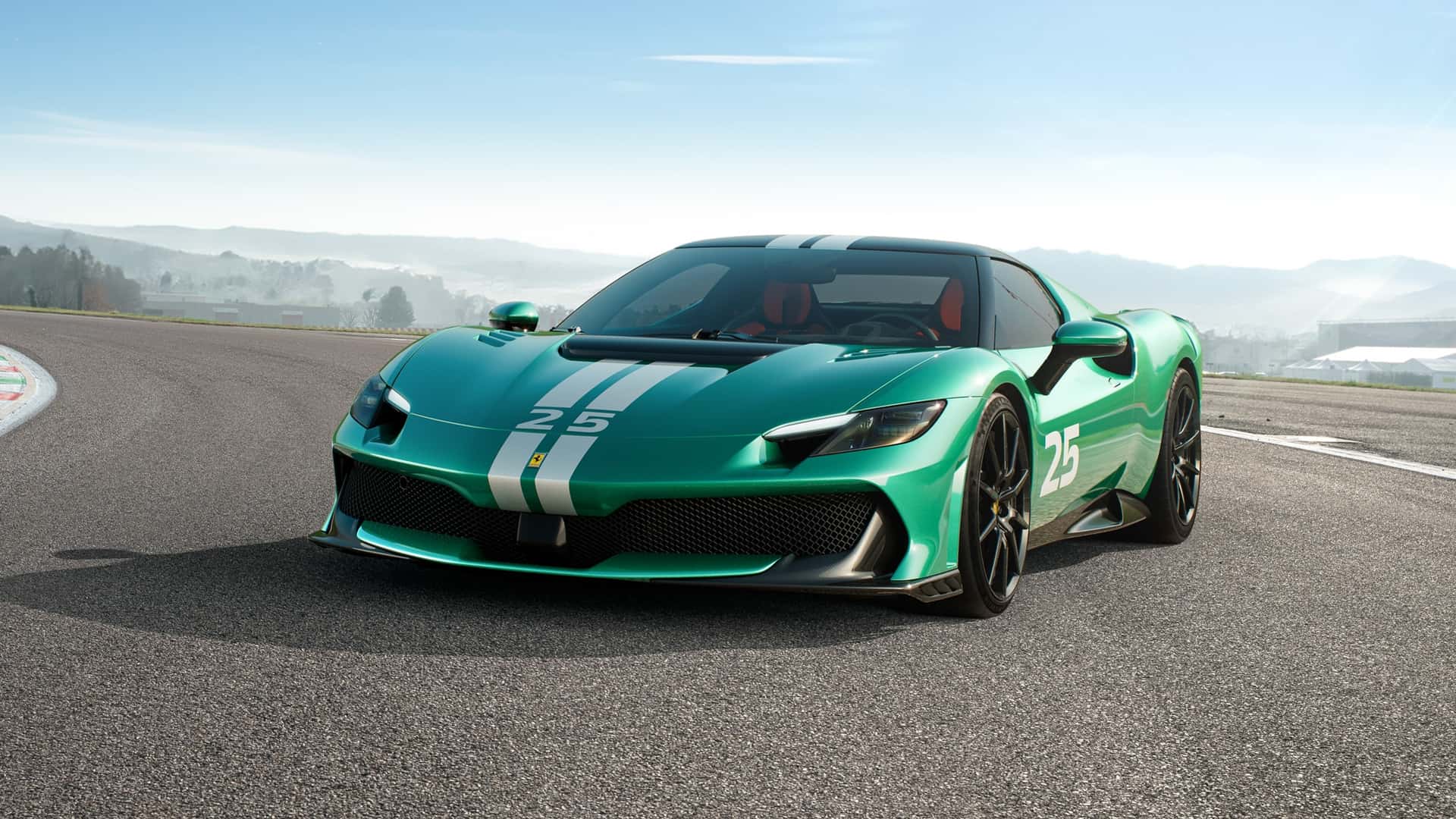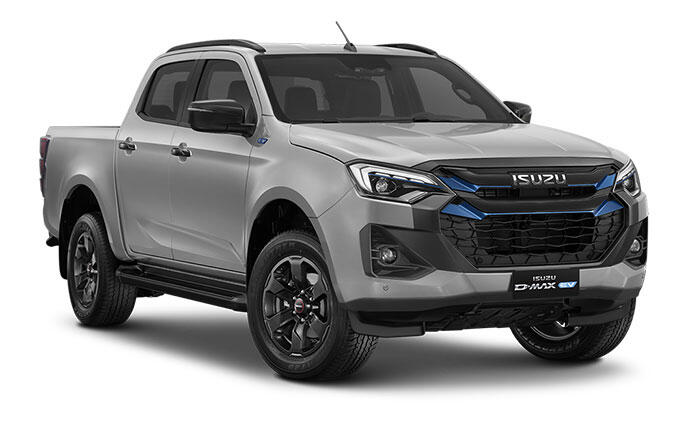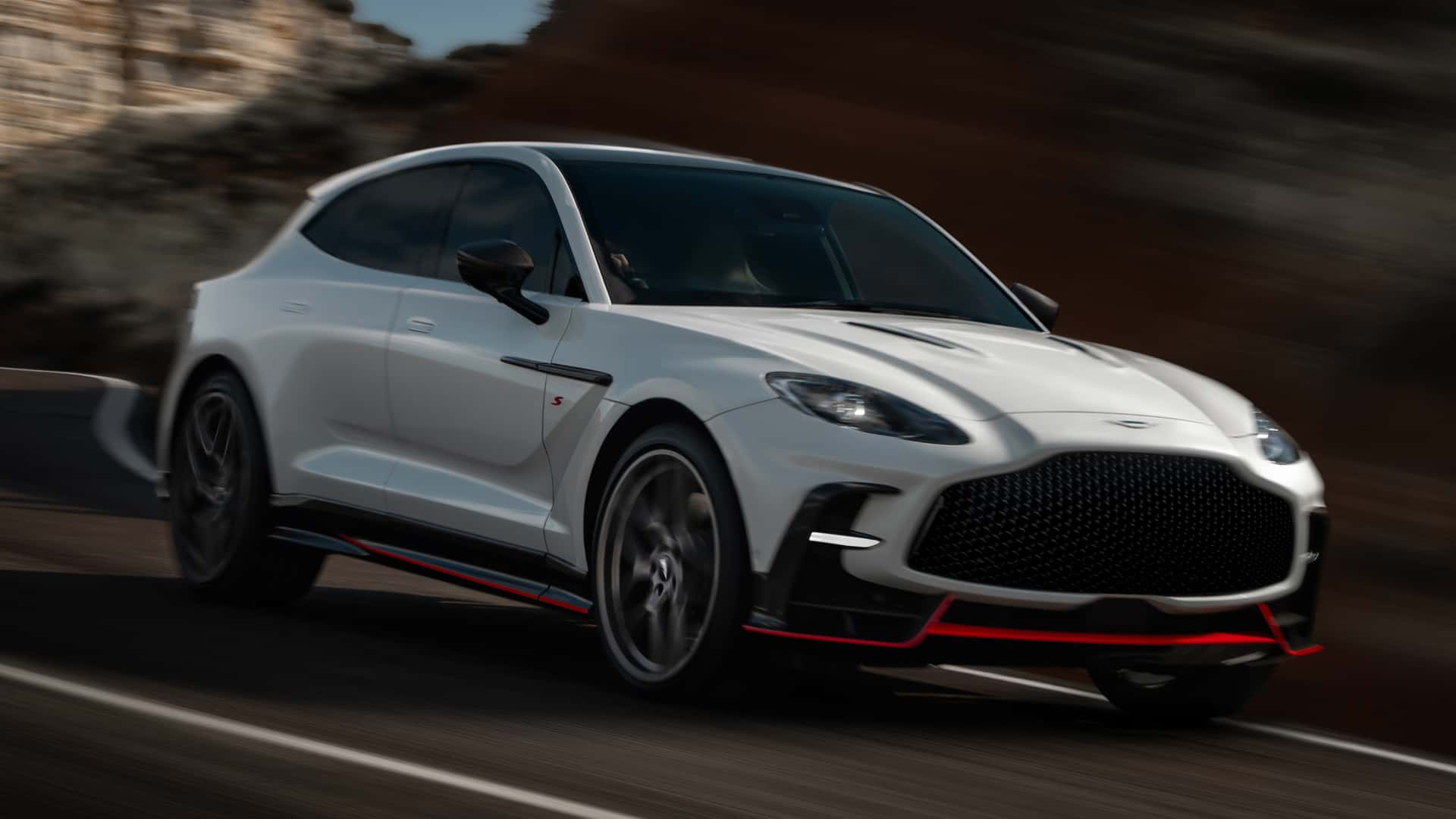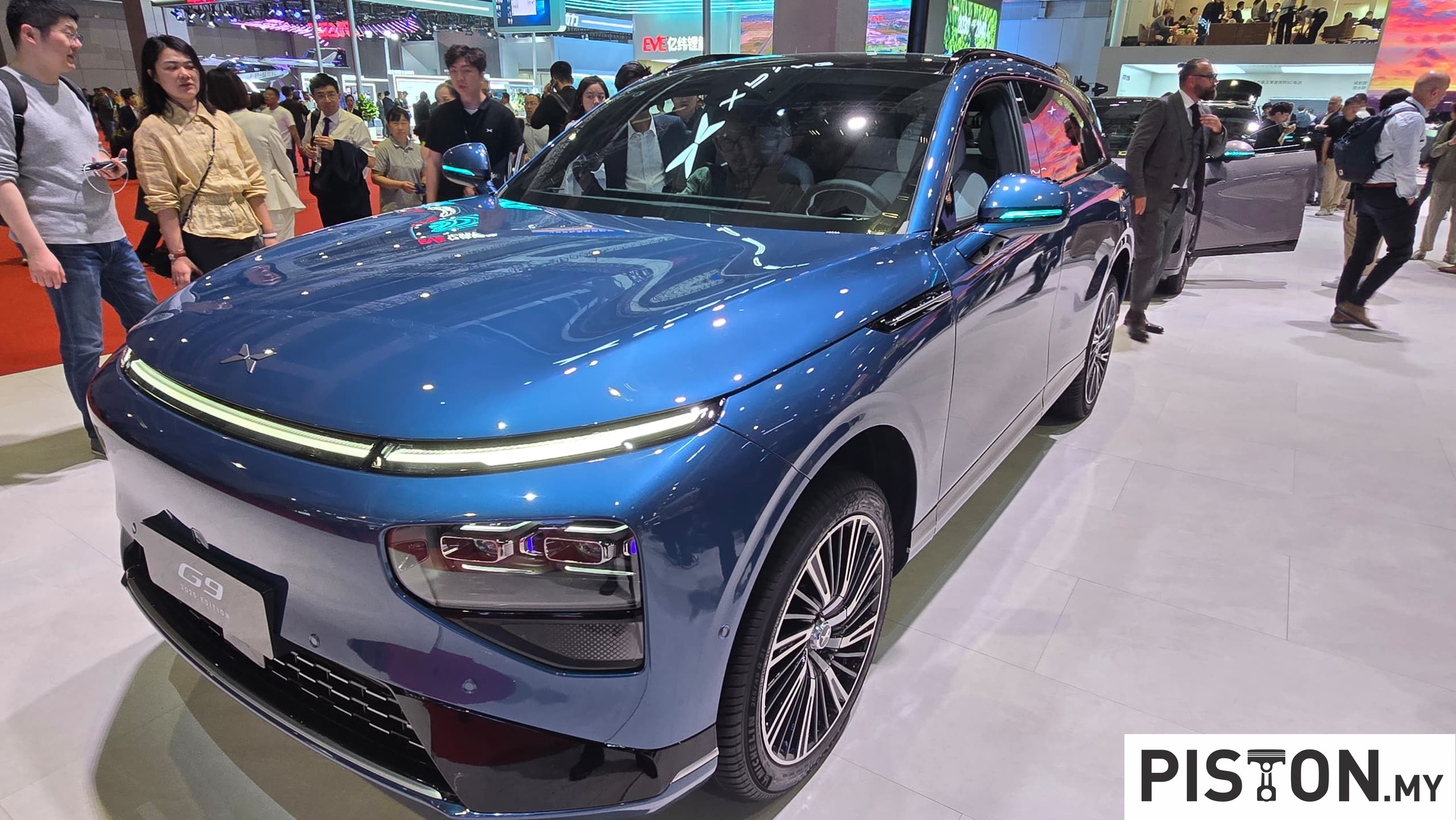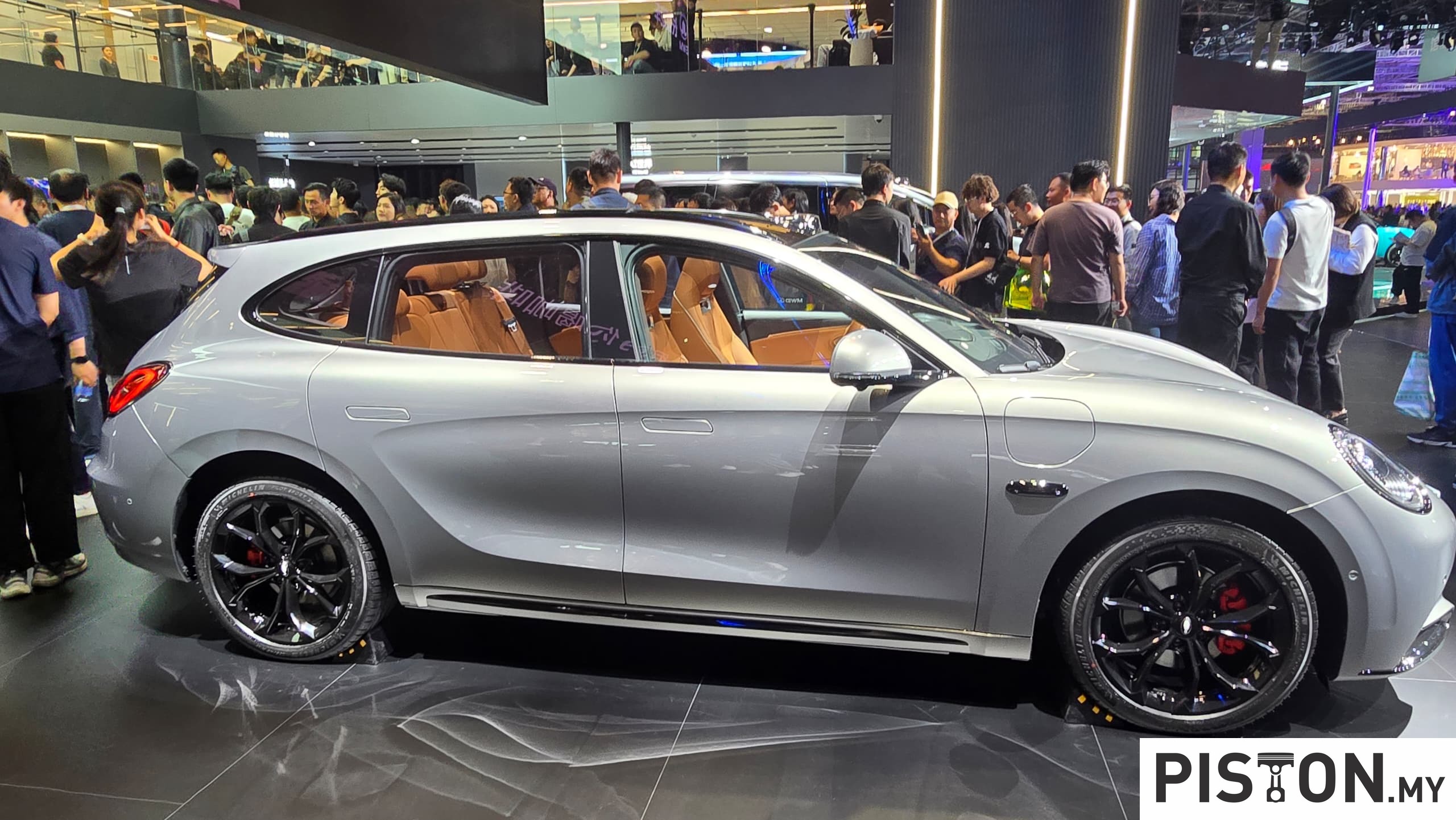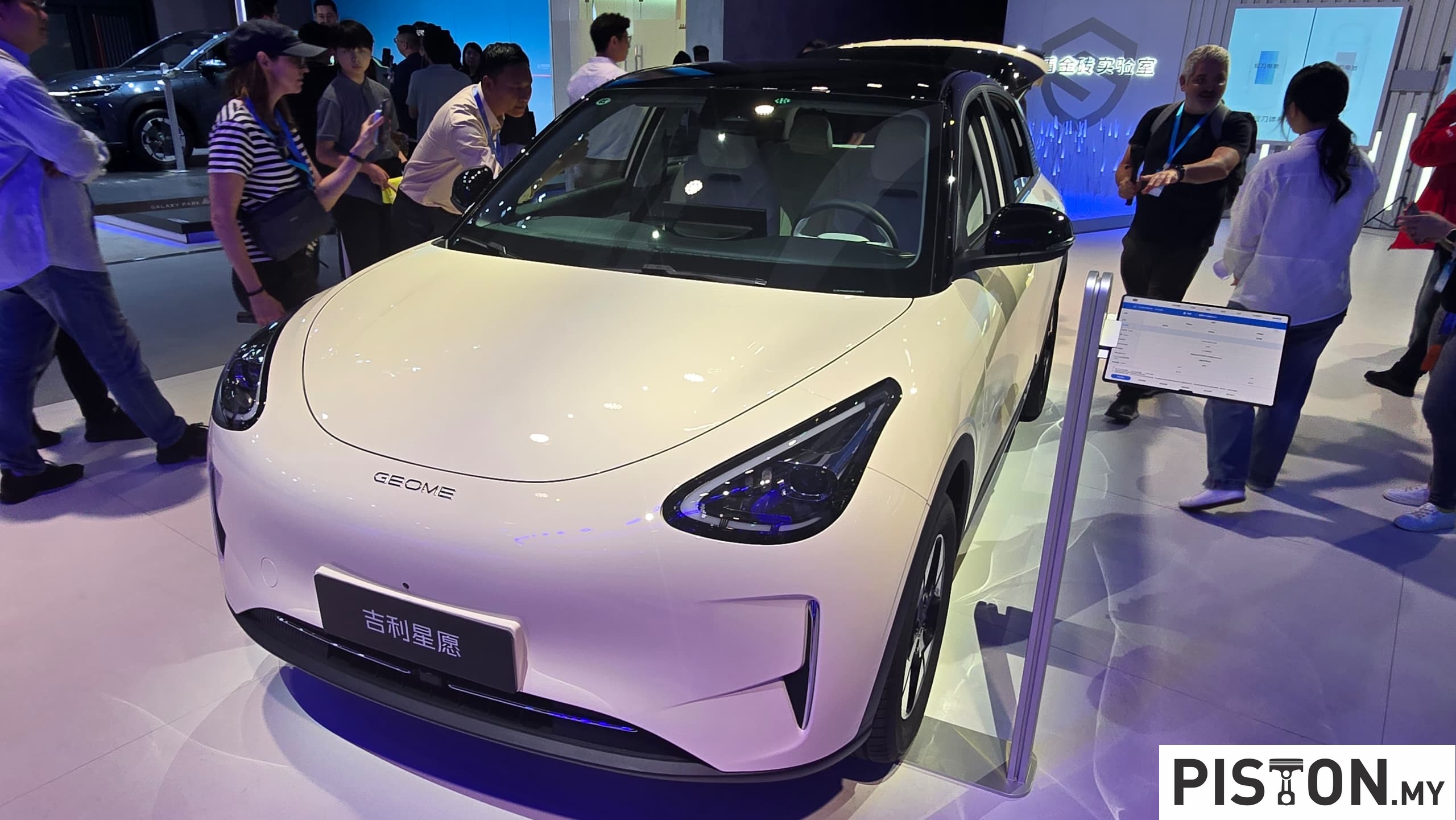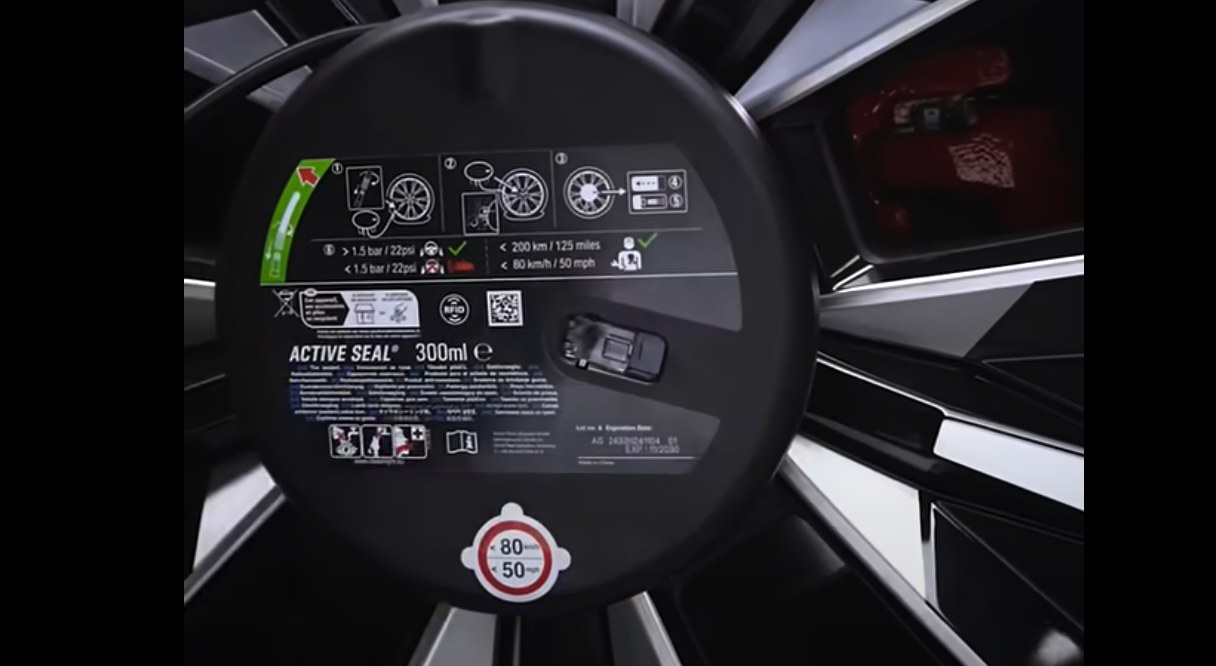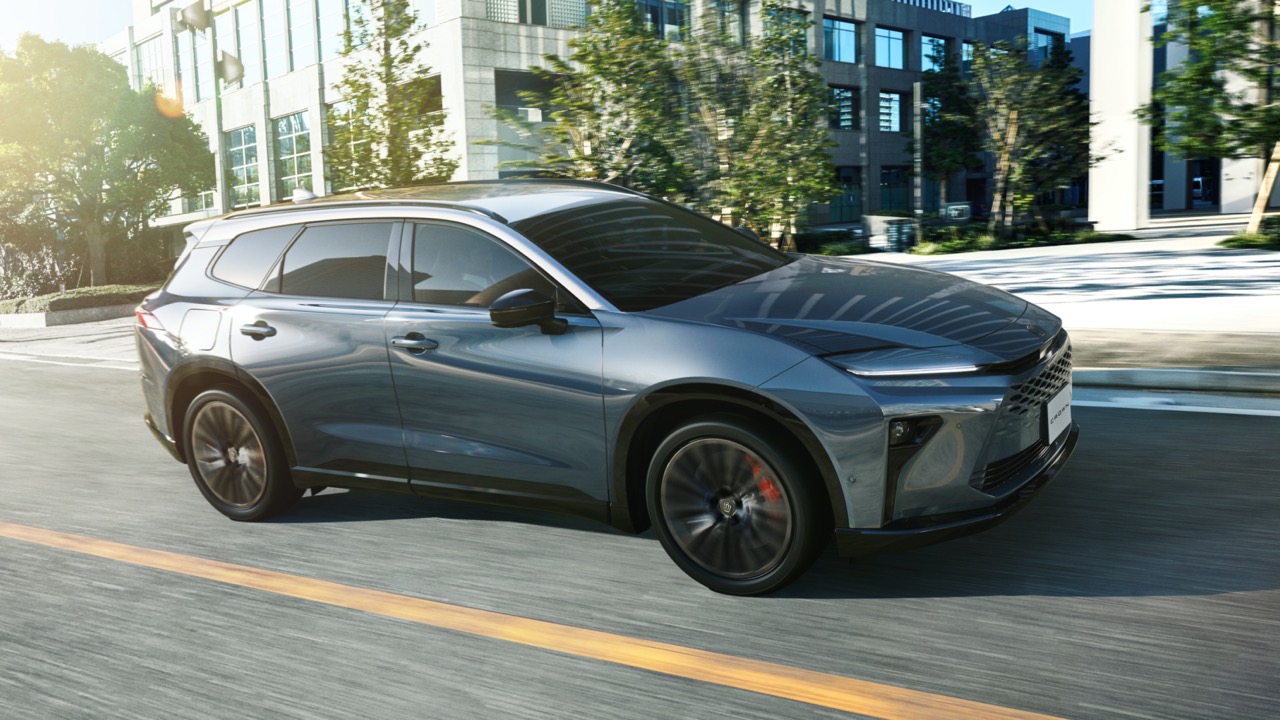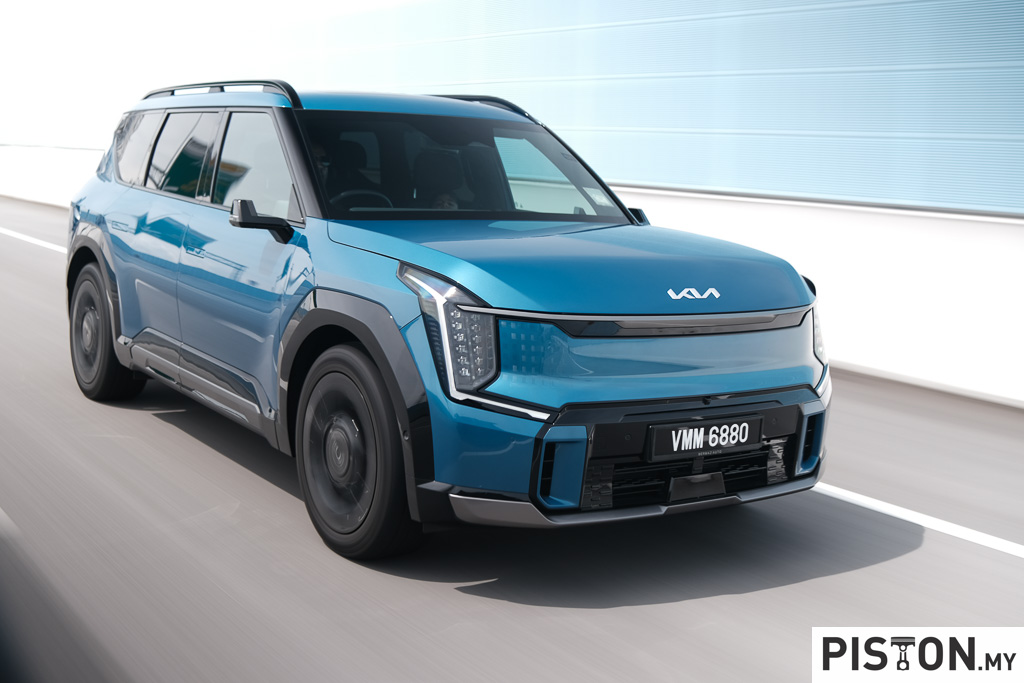During the fourth quarter of 2020, Bugatti provided the answer to this question: What if the French carmaker built a radically light vehicle around the legendary 8.0-litre W16 engine? This led to a study that created the Bolide, a racetrack-oriented hyper sports car with a production-based W16 engine and minimal bodywork designed with maximum downforce in mind.
“The Bolide generated a great deal of enthusiasm and intrigue last year. Following its presentation, a significant number of enthusiasts and collectors asked us to develop the experimental Bolide as a production vehicle. I was absolutely amazed by the reactions and feedback from customers from all over the world,” recalled Stephan Winkelmann, President of Bugatti.
“We therefore decided to make the Bolide a few-off in order to give 40 customers the opportunity to experience this incredible vehicle. Our team has now been developing a production model – the ultimate driving machine for the track,” he said. This will make the Bolide the most extreme configuration level of the W16 engine and a must-have for Bugatti collectors.
Development around the powertrain
With the very limited-edition production Bolide, Bugatti engineers and designers have created the most extreme vehicle concept ever to have been conceived around the powerful powertrain of the W16 engine with 4 turbochargers.
“For me, being able to turn the radical thought experiment of the Bolide into reality as a production vehicle is a dream come true as it is by far the most challenging project of my 17-year Bugatti career,” said Bugatti Design Director Achim Anscheidt. “The design of the Bolide follows the minimalist approach of the Bugatti style philosophy of ‘form follows performance’ and is additionally founded on an uncompromising lightweight construction approach. It pays homage to the brand’s glorious motorsport past of the in the 1920s.”
The numerous air ducts and delicate front end are more reminiscent of aerodynamically sophisticated Formula 1 cars than a hyper sportscar, and they dominate its look. The Bolide sits very low to the ground, with an air intake scoop on the roof and an ultra-sporty seat position. In combination with the striking rear diffuser, the dominant rear wing results in high downforce and therefore also optimum traction. As with other Bugatti models, the design team opted for a colour split, although the proportion of visible carbonfibre parts is greater than in other models.
Tuned for RON98 fuel
With the W16 engine as a symbol of the brand’s technology, Bugatti boasts one of the most extraordinary engines in automotive history. In the case of the Bolide experimental car, its power output of 1,850 ps is achieved by (among other things) the 110-octane racing fuel. However, for the production model, Bugatti engineers have tuned the engine to run on RON98 petrol, readily available worldwide. This will enable the car to be driven anywhere in the world.
The use of a lower octane brings the output down to 1,600 ps with 1,600 Nm of torque generated from 2,250 rpm. The engine has been tuned for higher revs per minute for use on the racetrack, alongside the intake and exhaust system to achieve even faster, more spontaneous, and extreme responsiveness. The cooling system for the turbochargers, engine, transmission, and differential are likewise modified for optimum power development.
Meeting FIA safety standards
While some extreme cars are not constrained by regulations, Bugatti’s designers and engineers who are currently refining the aerodynamics and handling, have developed the Bolide in line with international FIA safety standards. The safety features include HANS system compatibility, an automatic fire extinguishing system, pressure refueling with a fuel bladder, central wheel locking, and a 6-point safety belt system. All these guarantee maximum safety and sufficient comfort during the pure driving experience.
“The customers’ safety is always our top priority. We therefore decided to offer exclusive track days for this extreme vehicle in order to guarantee a safe environment at all times and gradually introduce the customers to the Bolide’s breathtaking performance,” said Mr. Winkelmann.
Optimizations in the areas of design, aerodynamics, quality, and safety give the production vehicle a curb weight of just 1,450 kgs, which translates to a weight-to-power ratio of 0kgs per ps when RON98 fuel is used.
Close to technical demonstrator
Thanks to maximum weight-saving, the drivers will be able to experience the full power and torque of the engine. Bugatti has kept the production car so close to its technical demonstrator, both visually and technically, while also enhancing the design, quality, and vehicle safety.
Delivery to the 40 customers who put their money down for this hyper sportscar is scheduled for 2024 at a net unit price of 4 million euros (almost RM20 million) each.
FEATURE – The German engine that was born on a Japanese bullet-train




